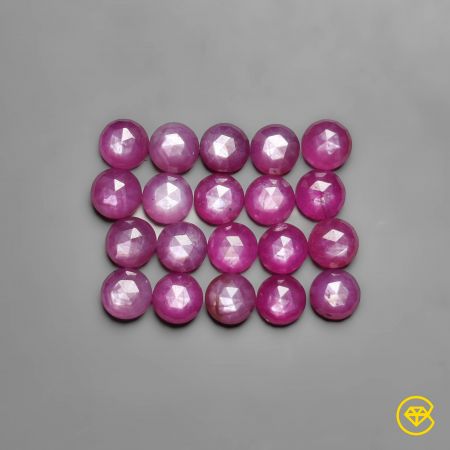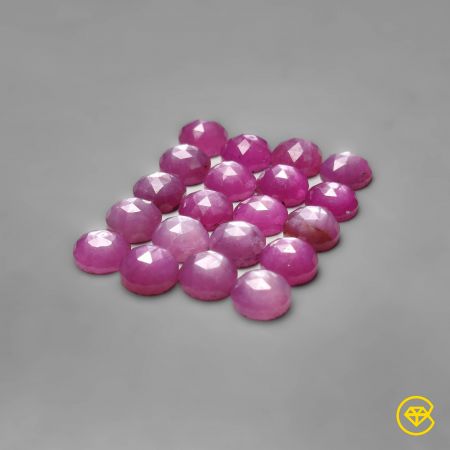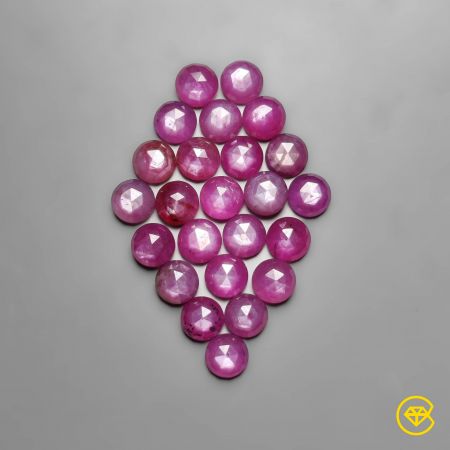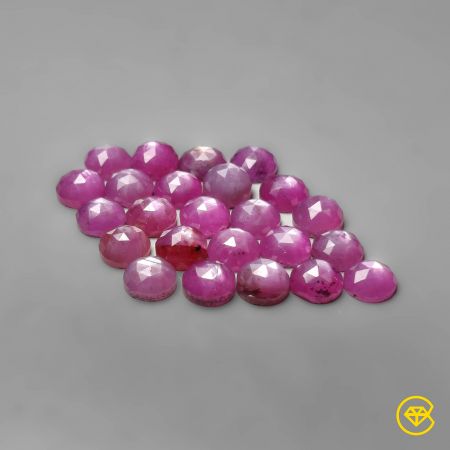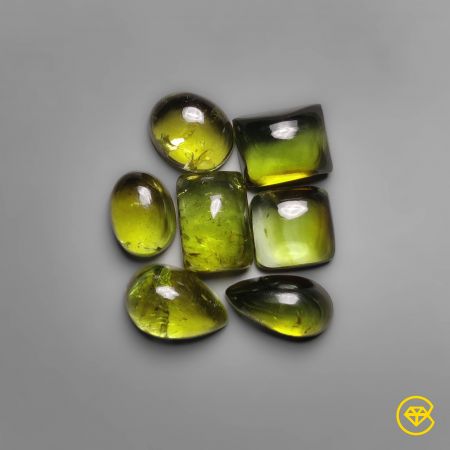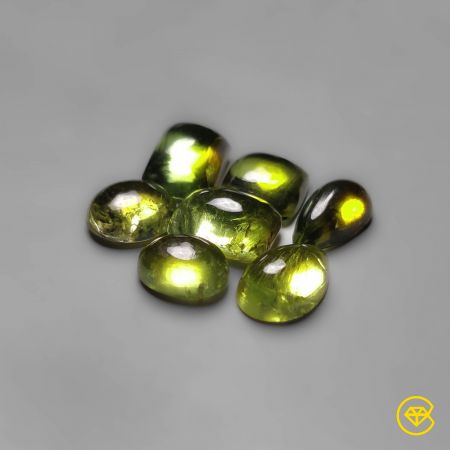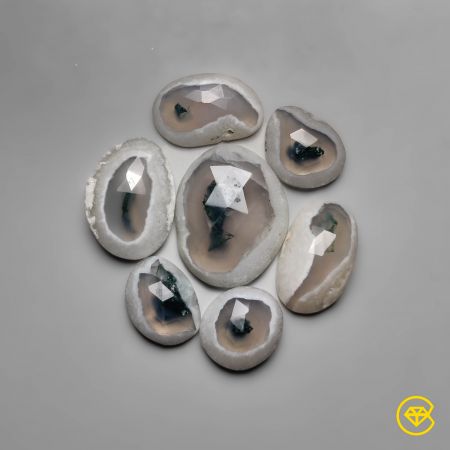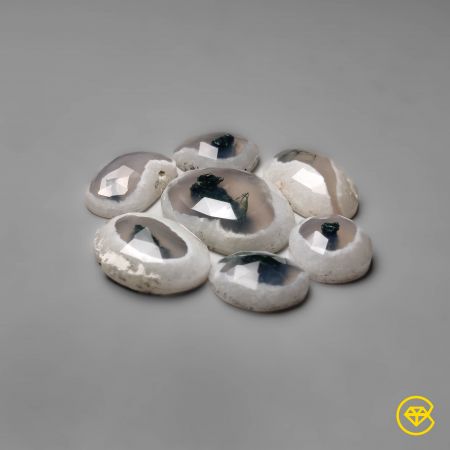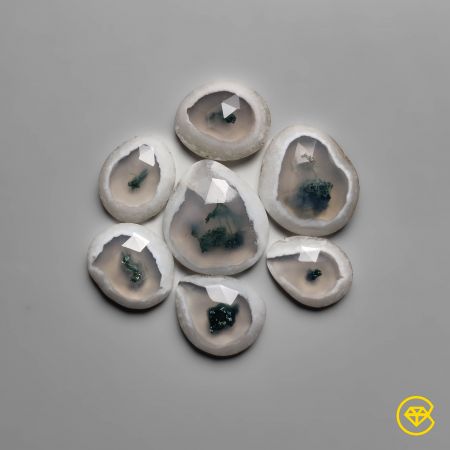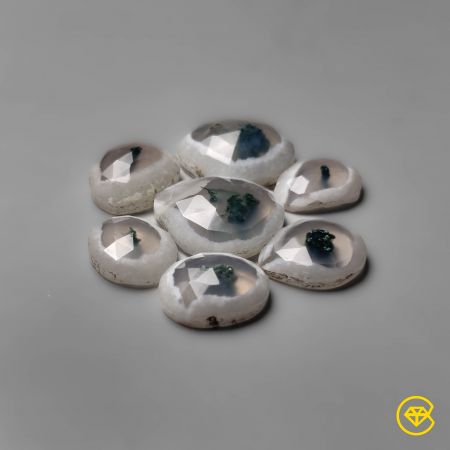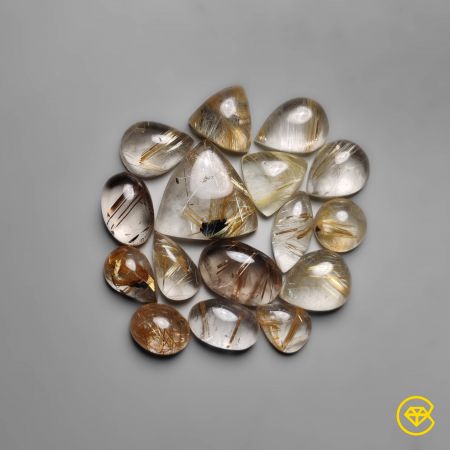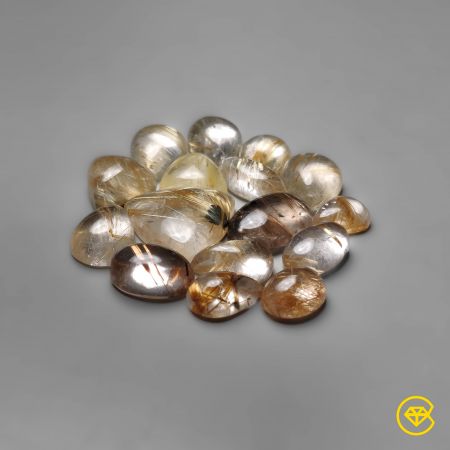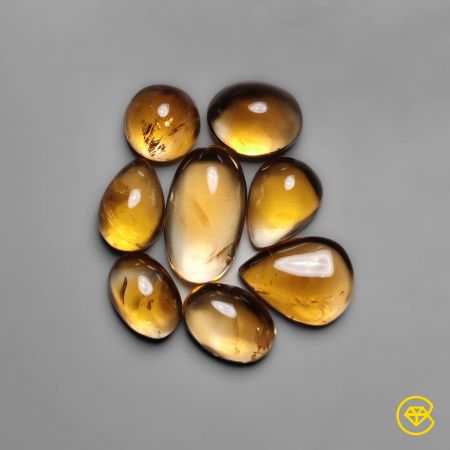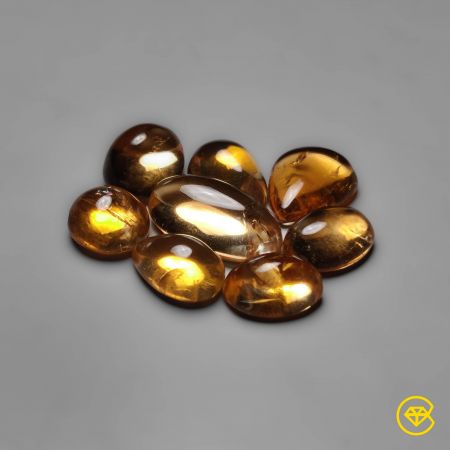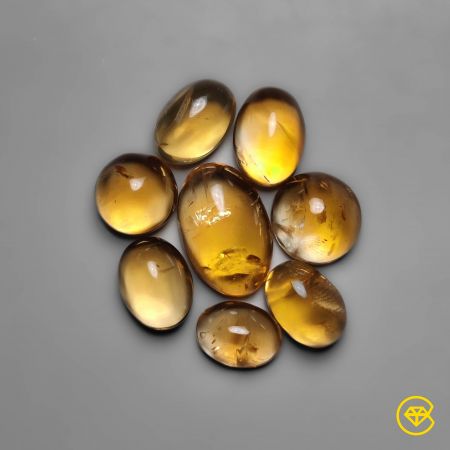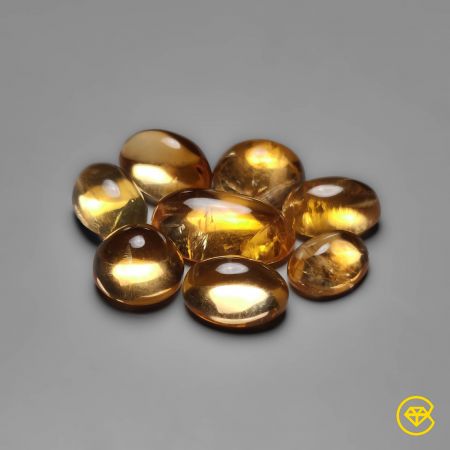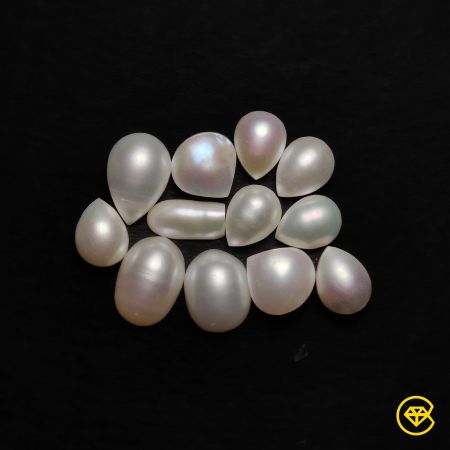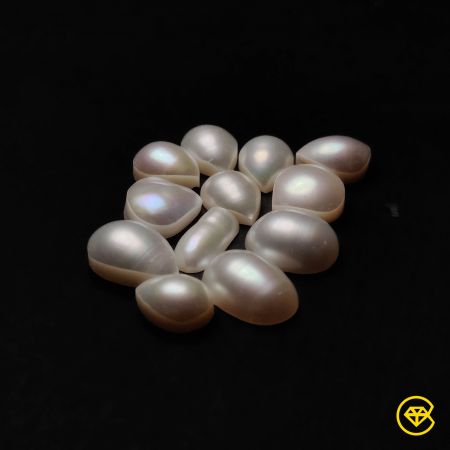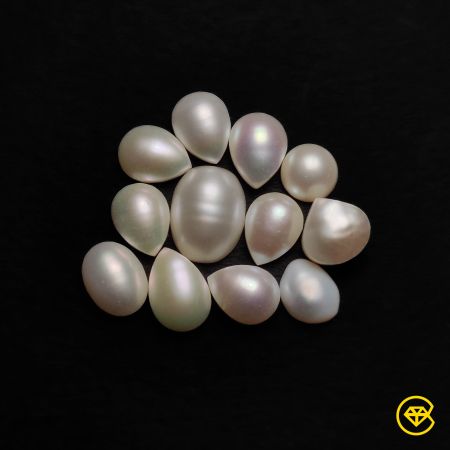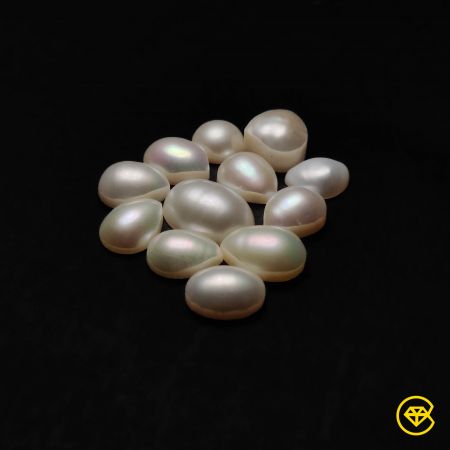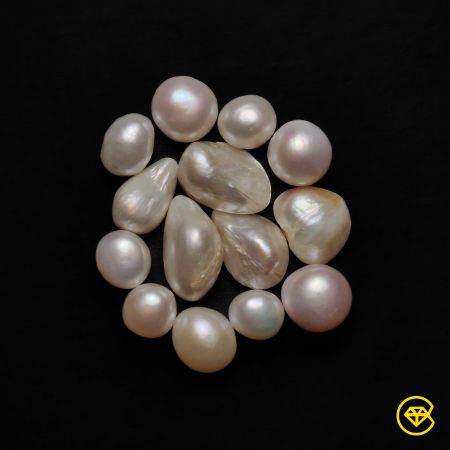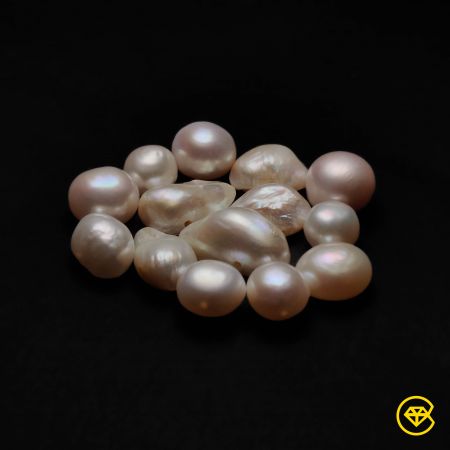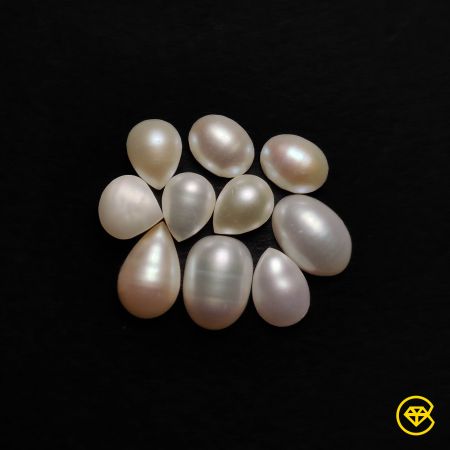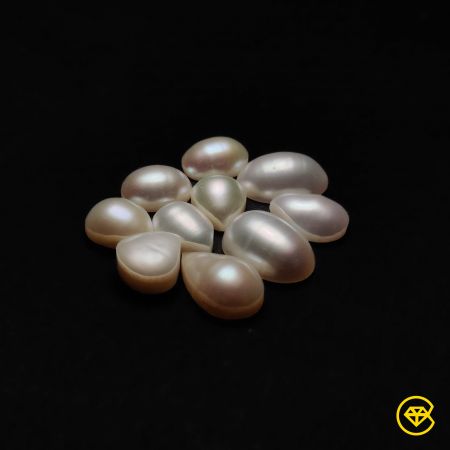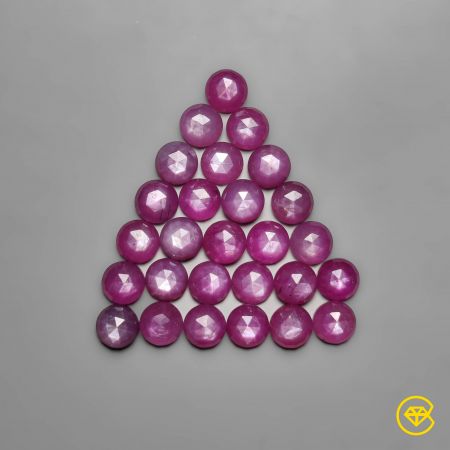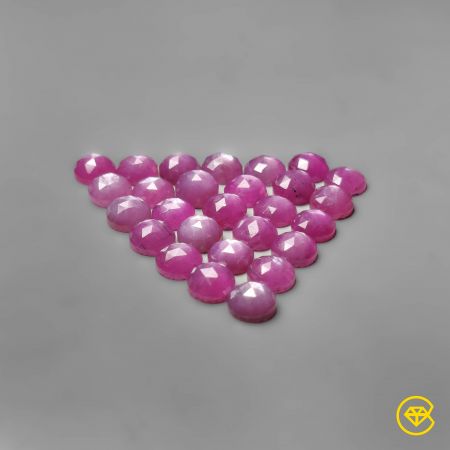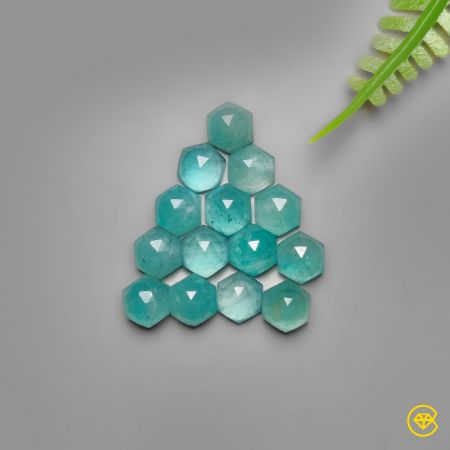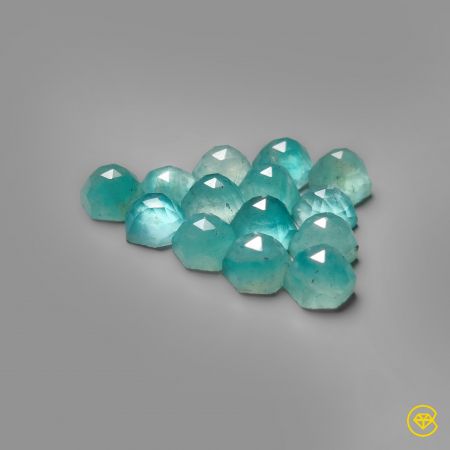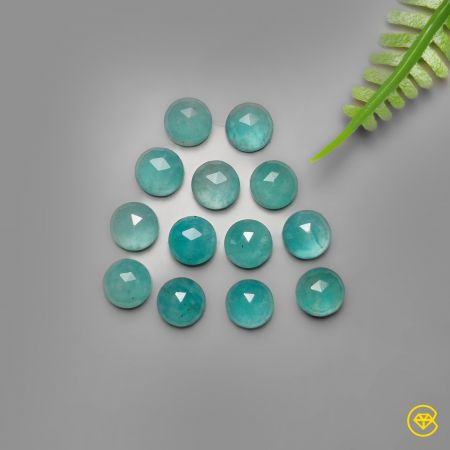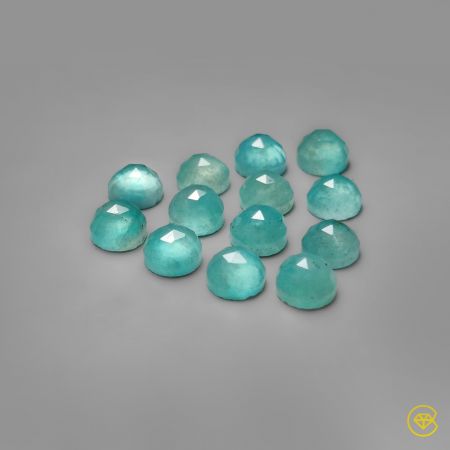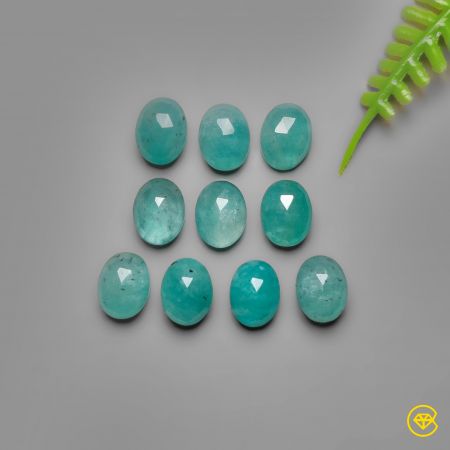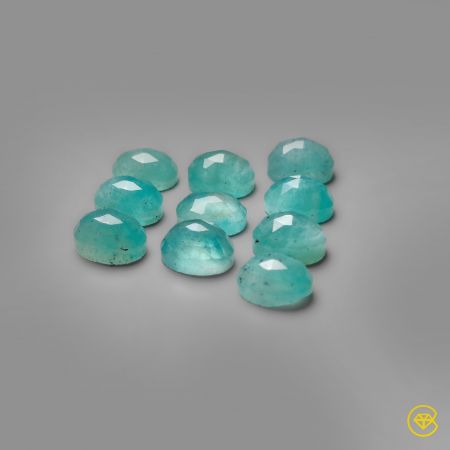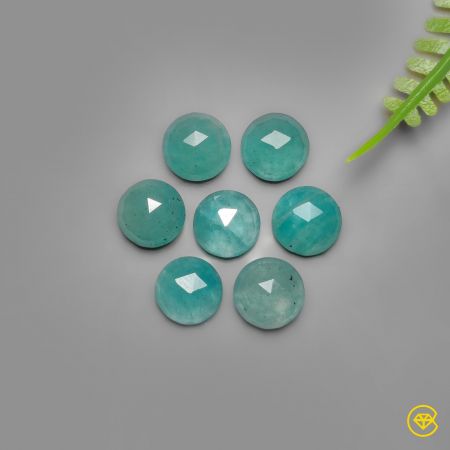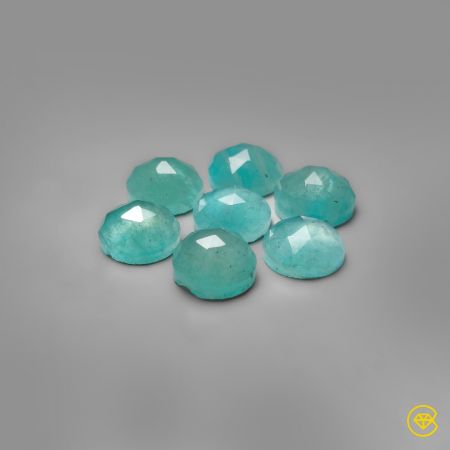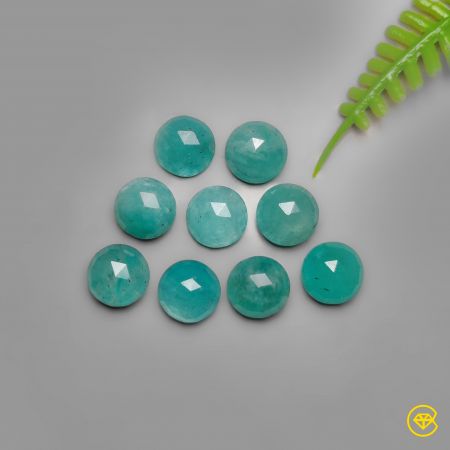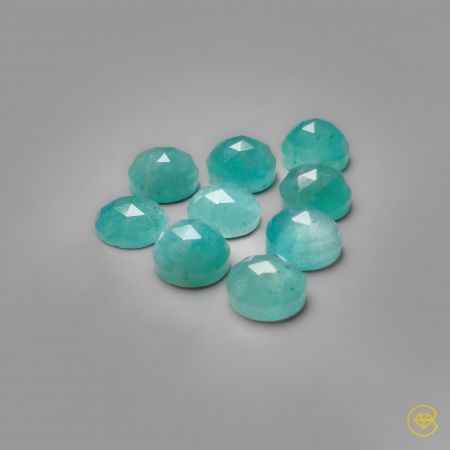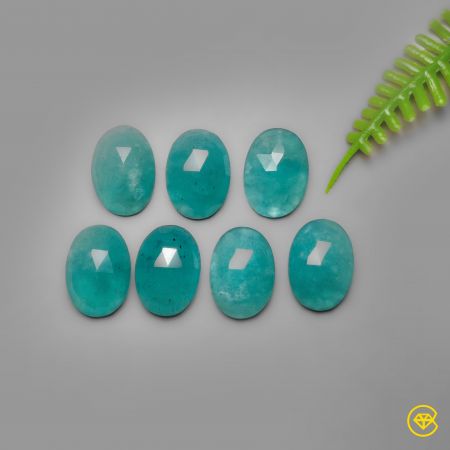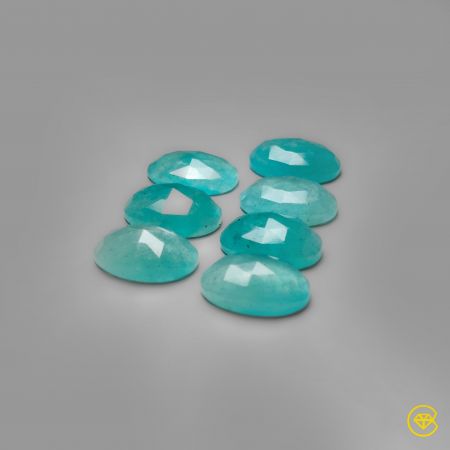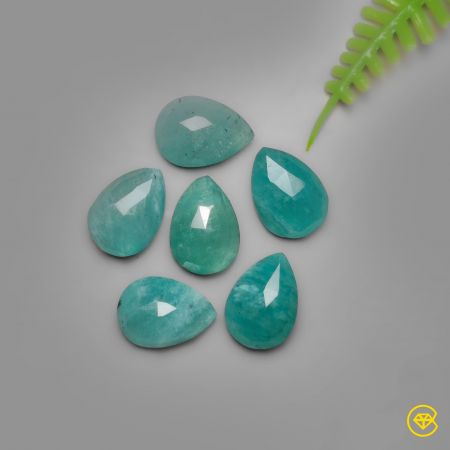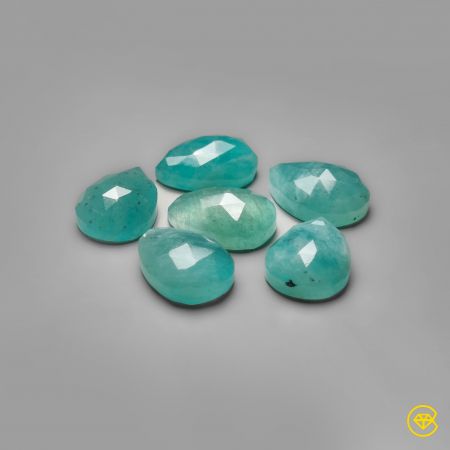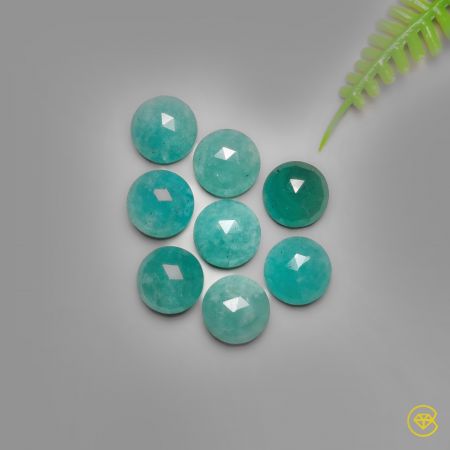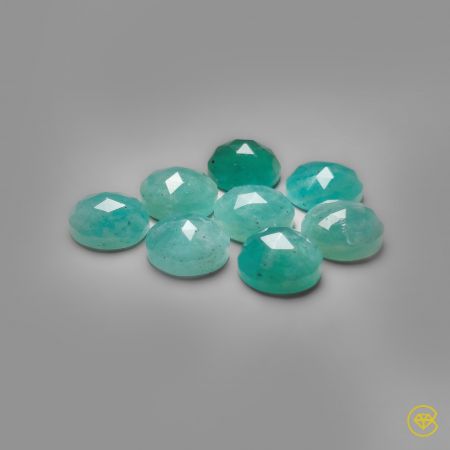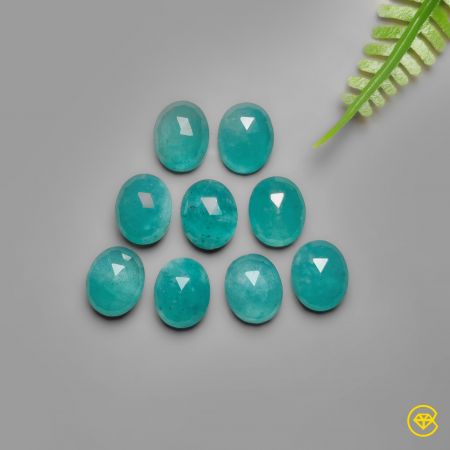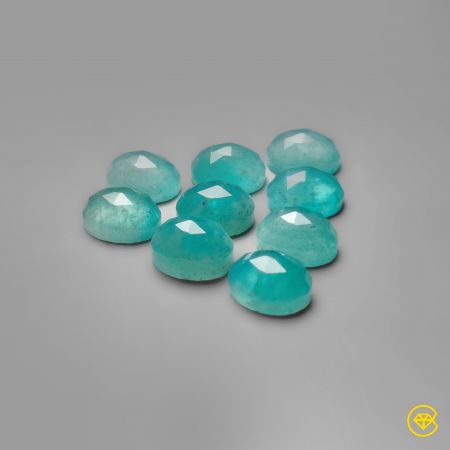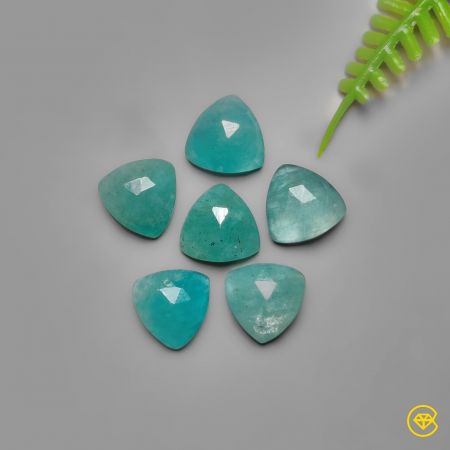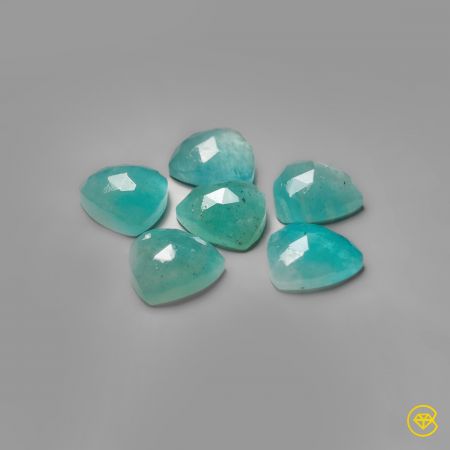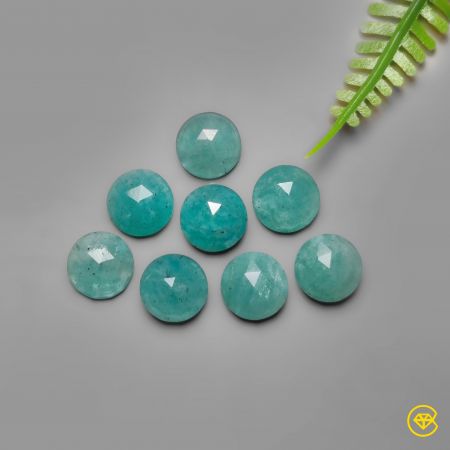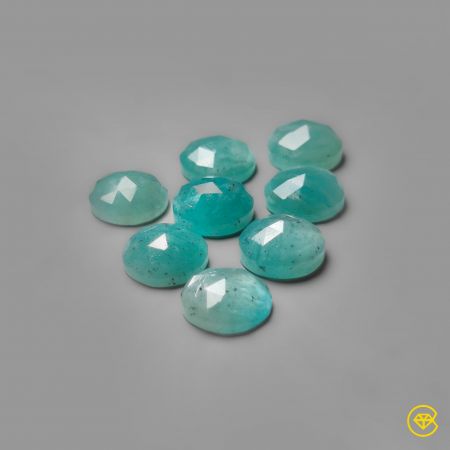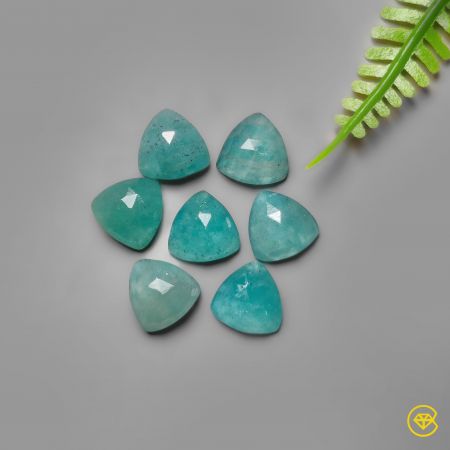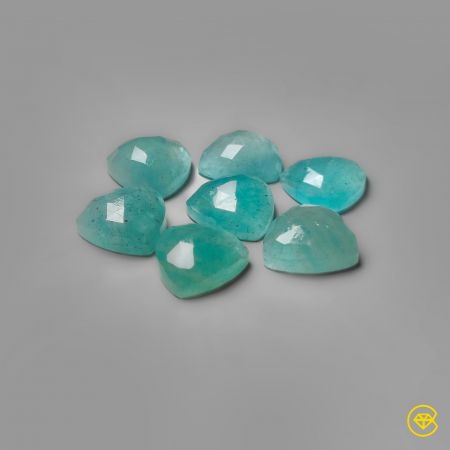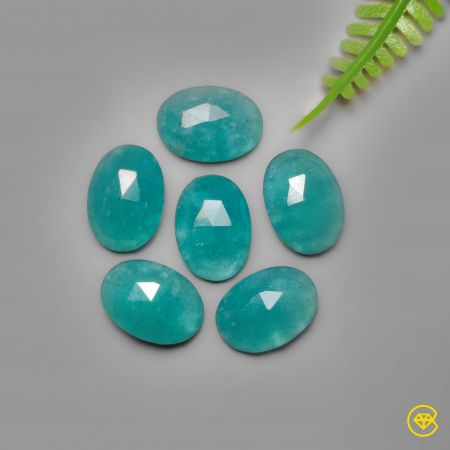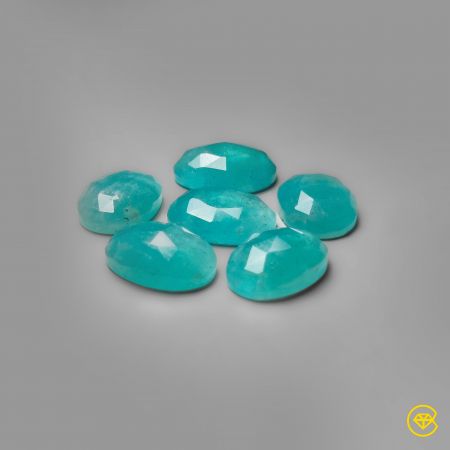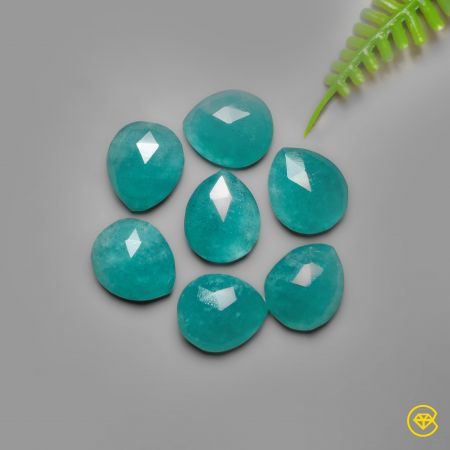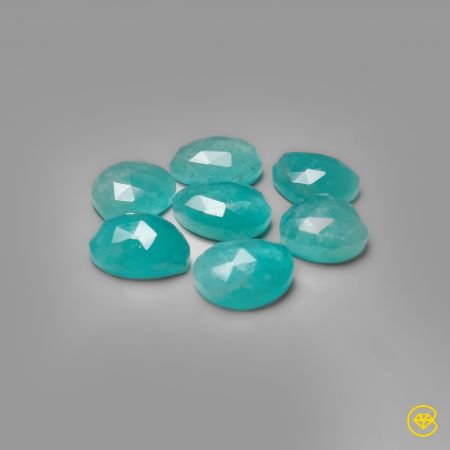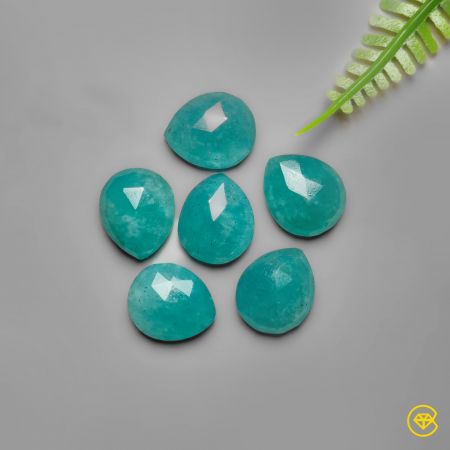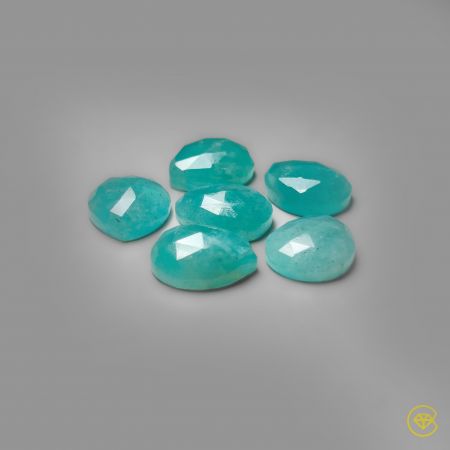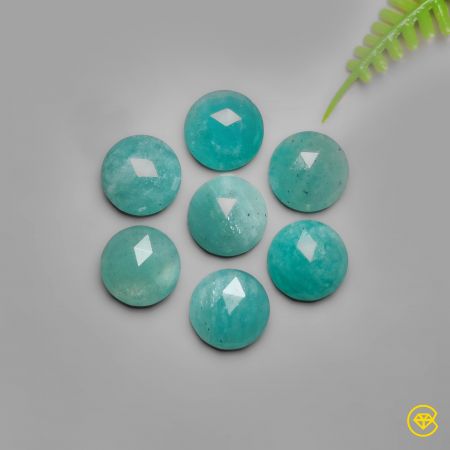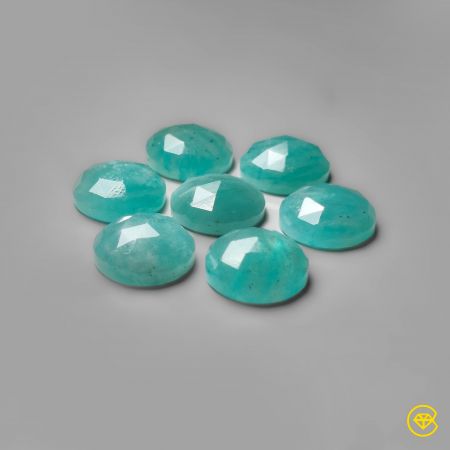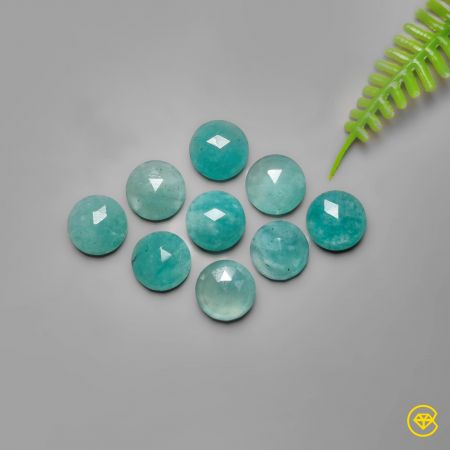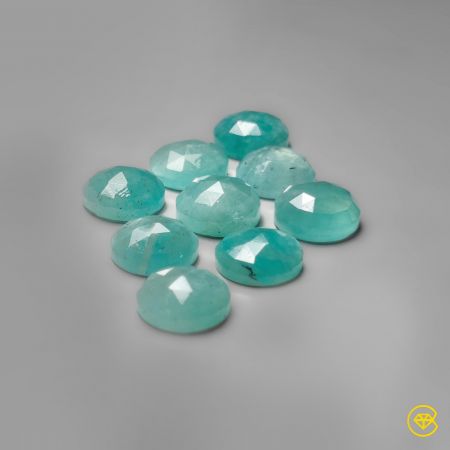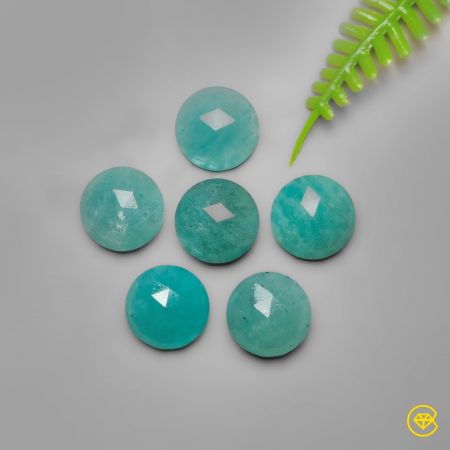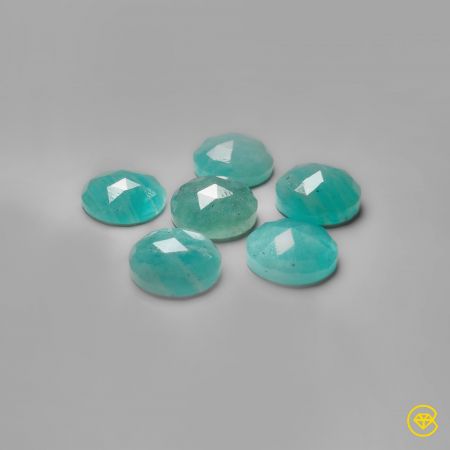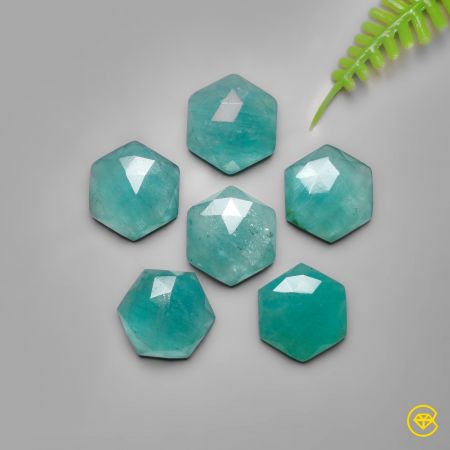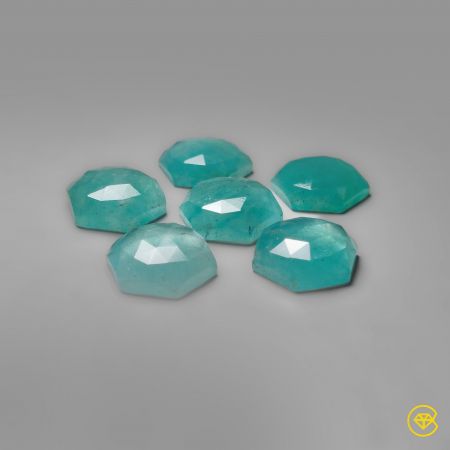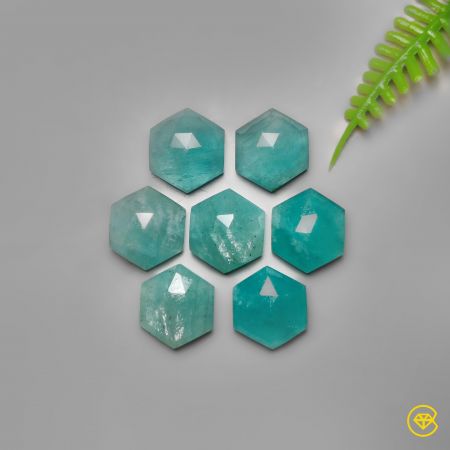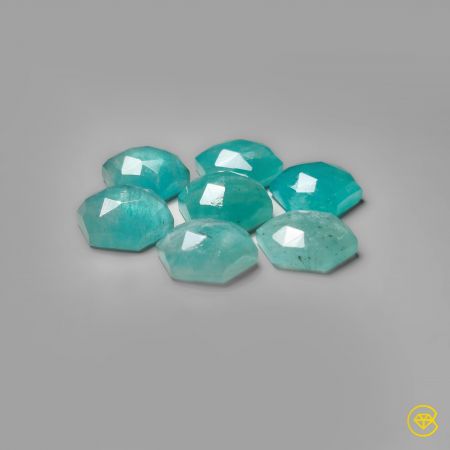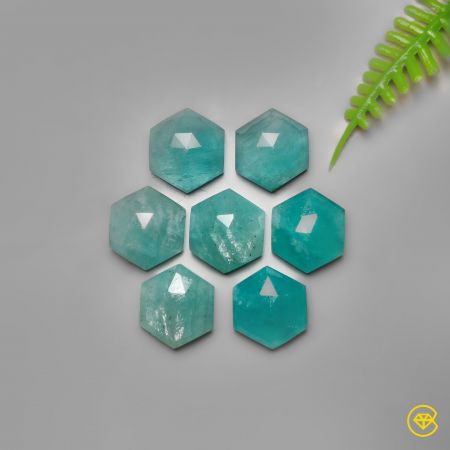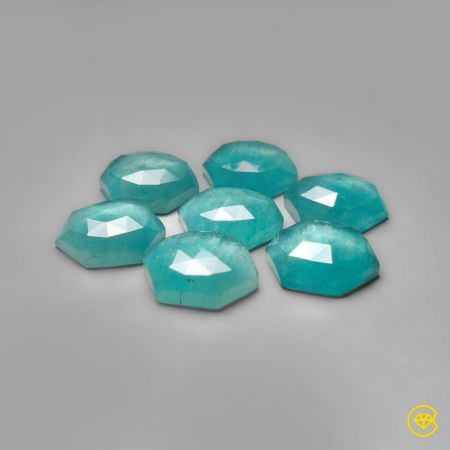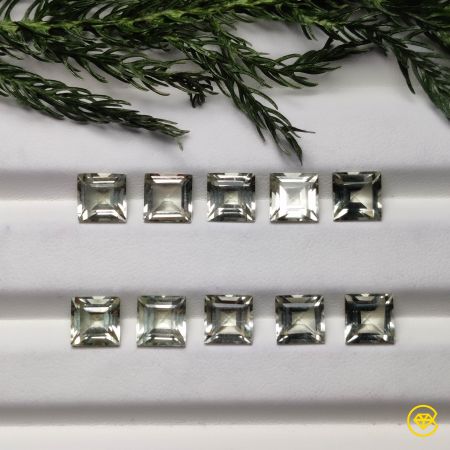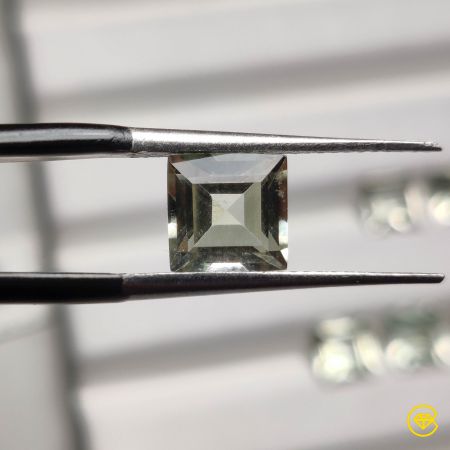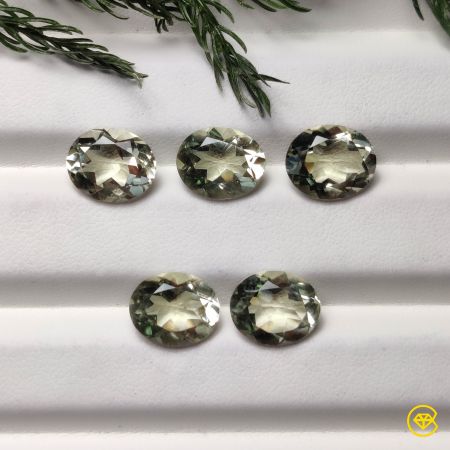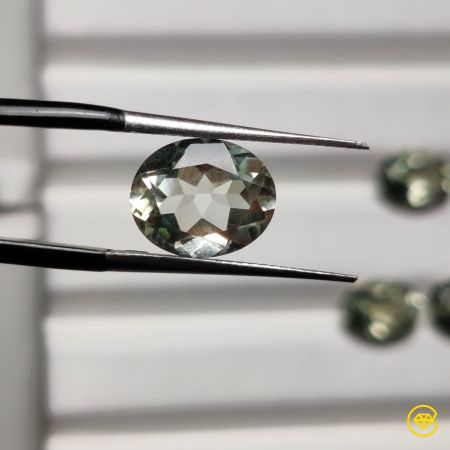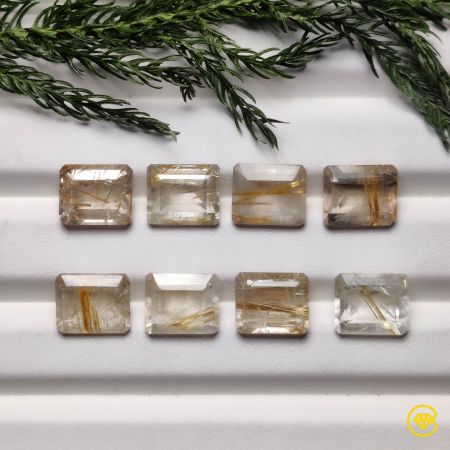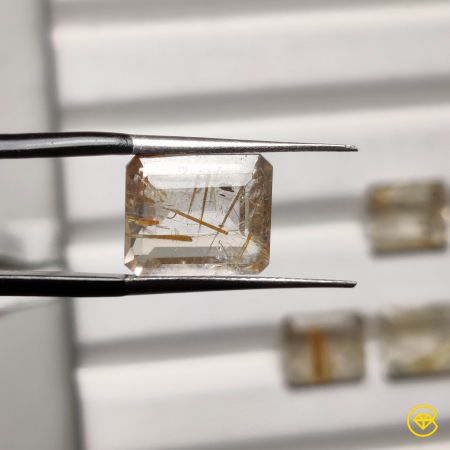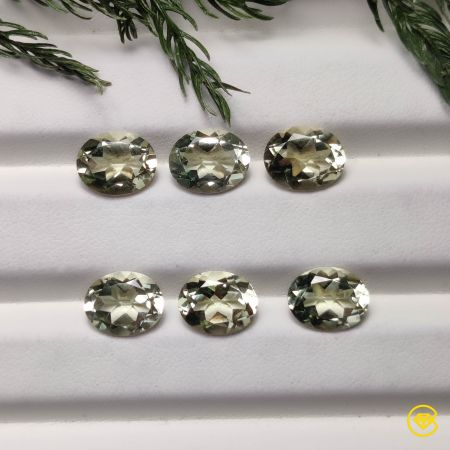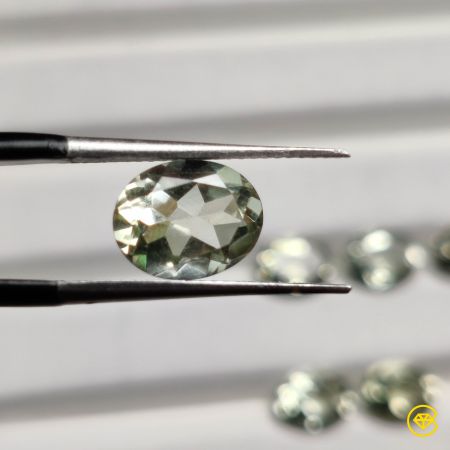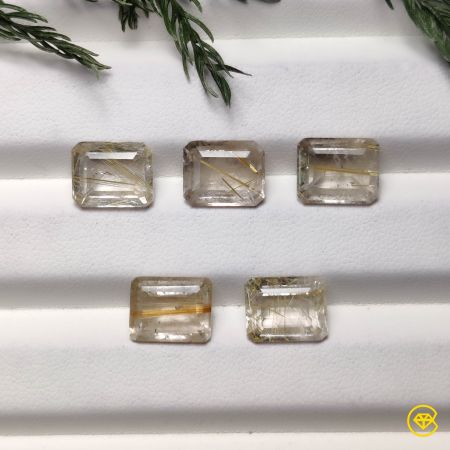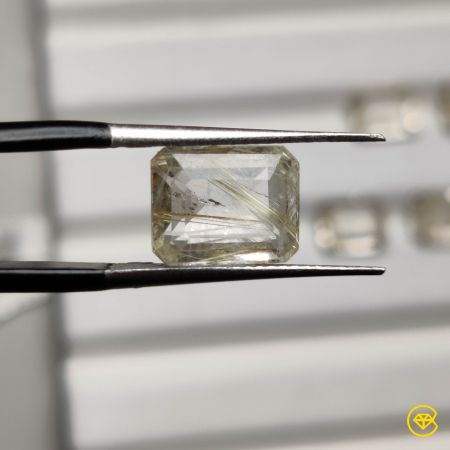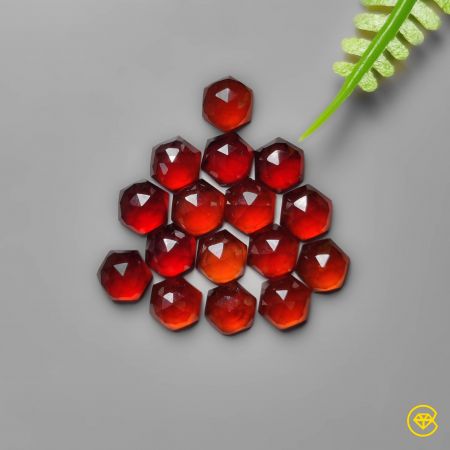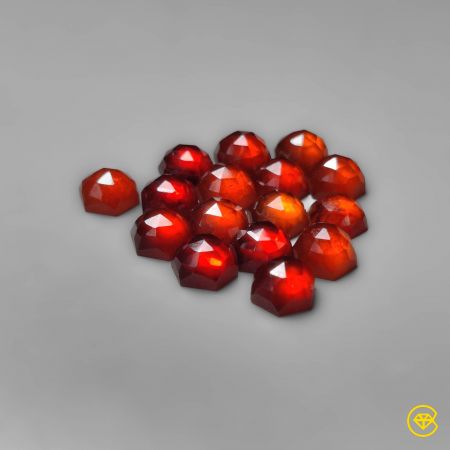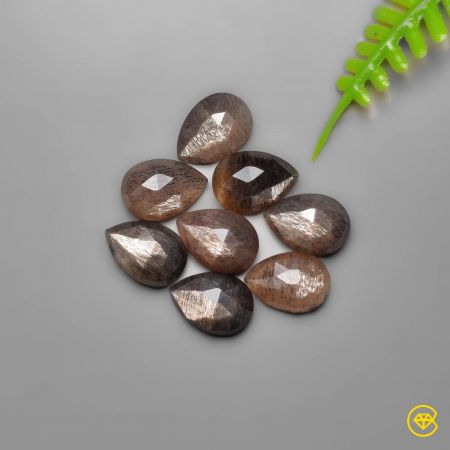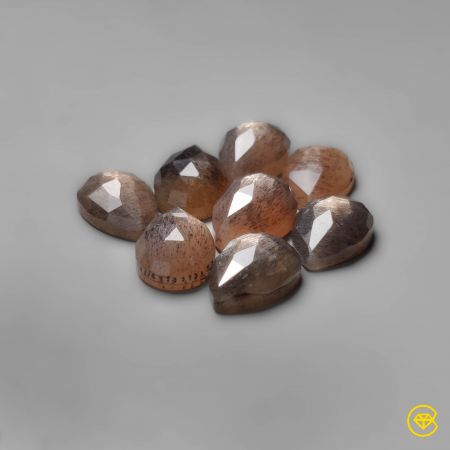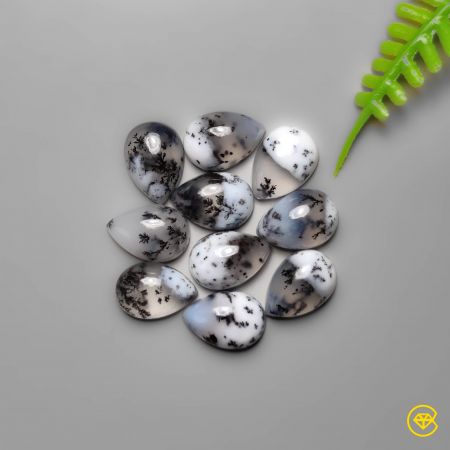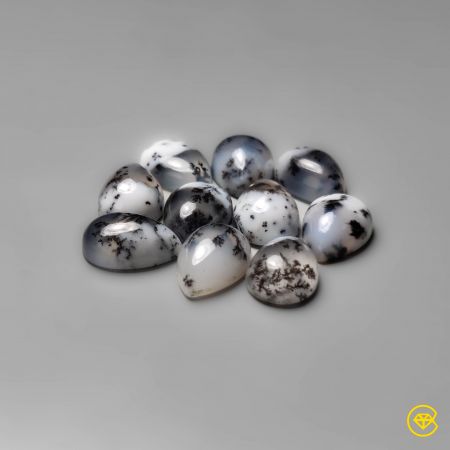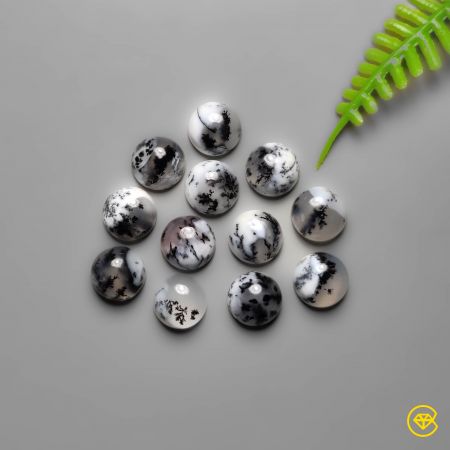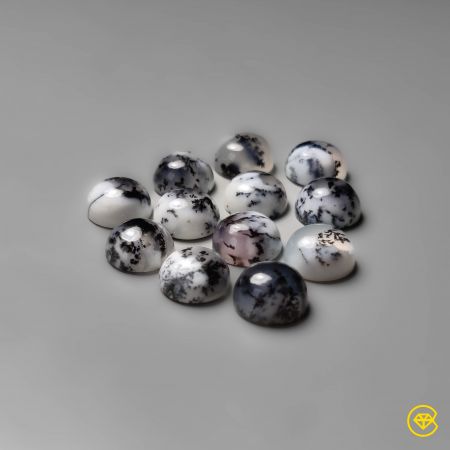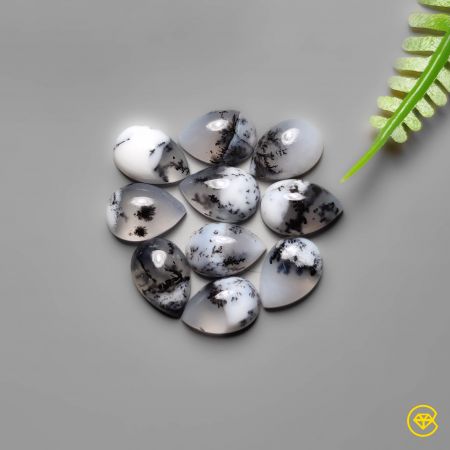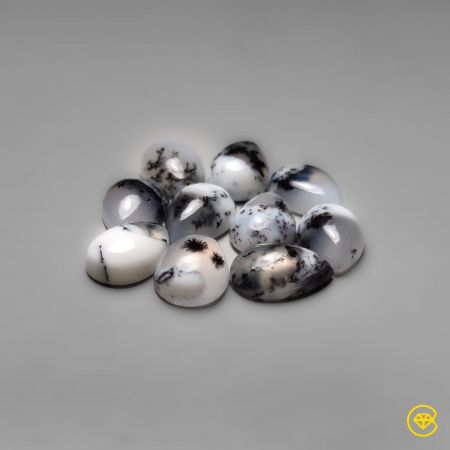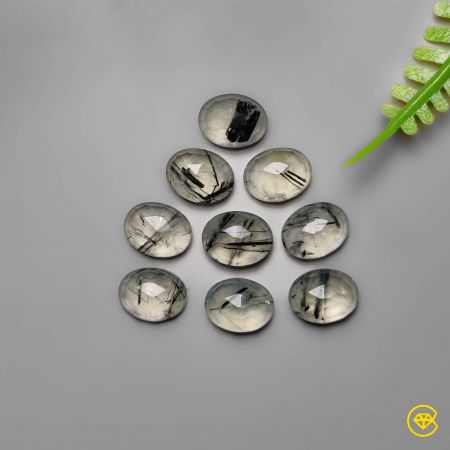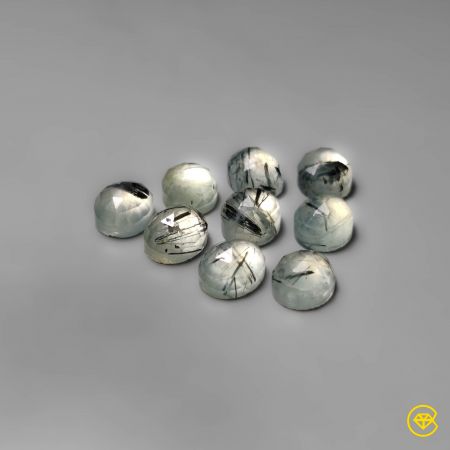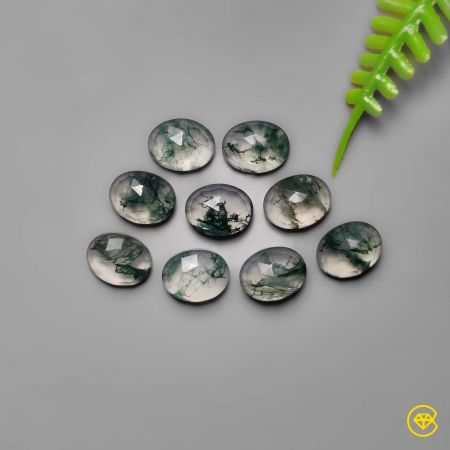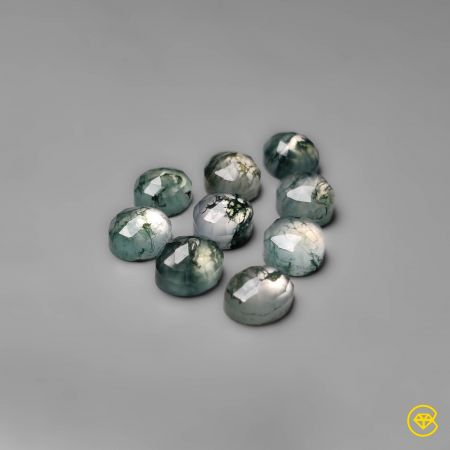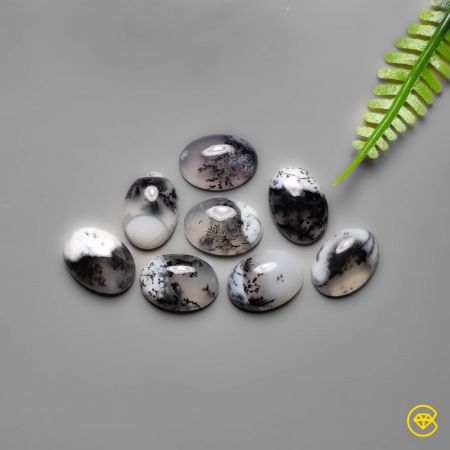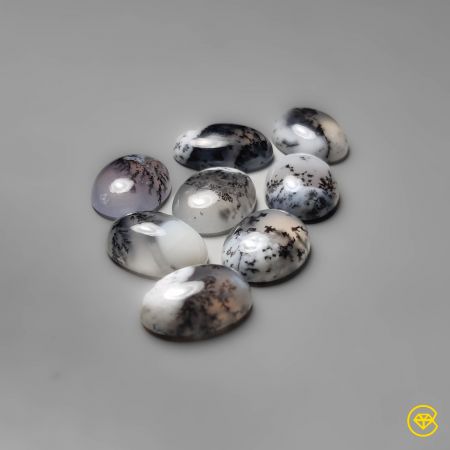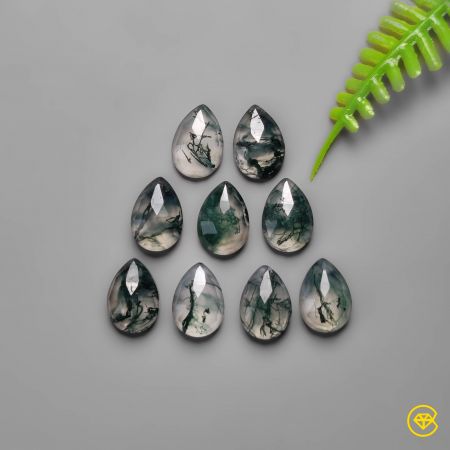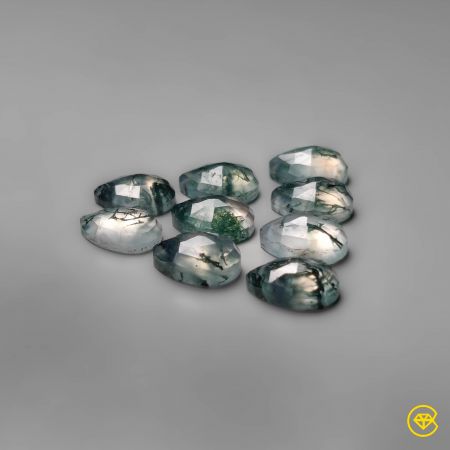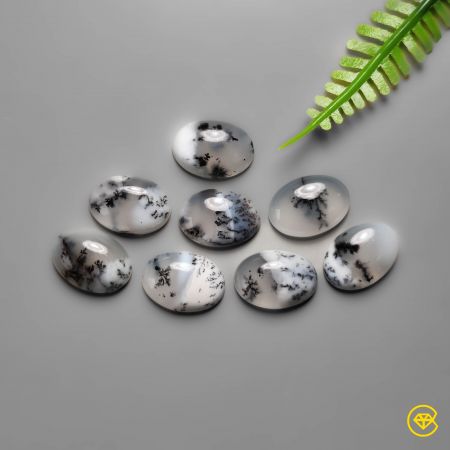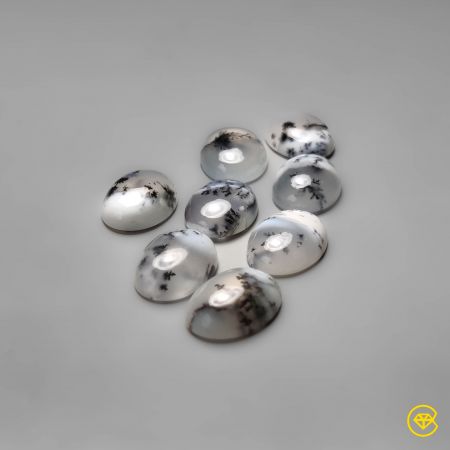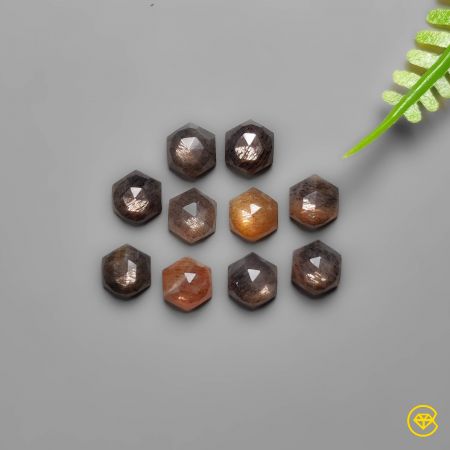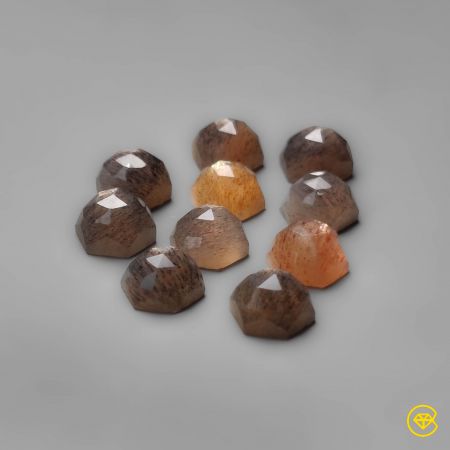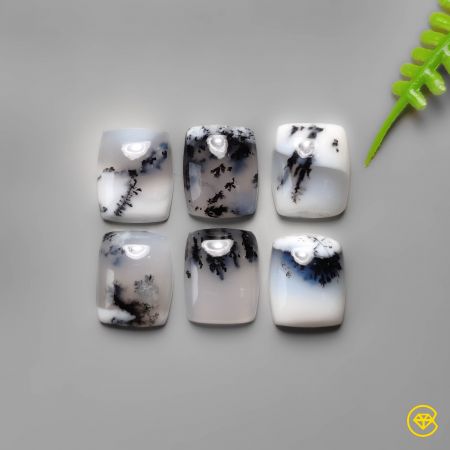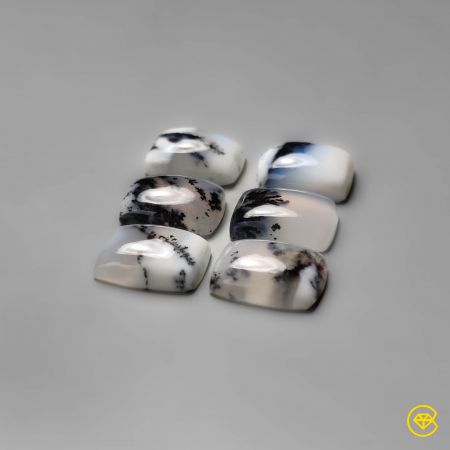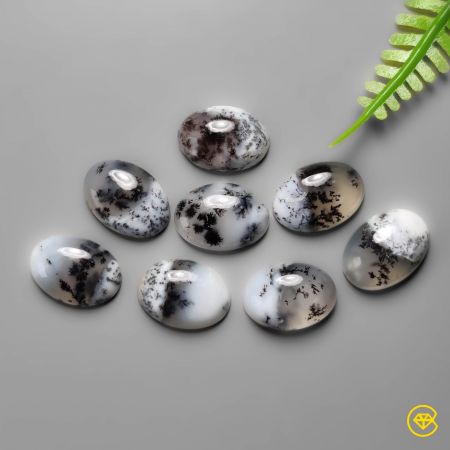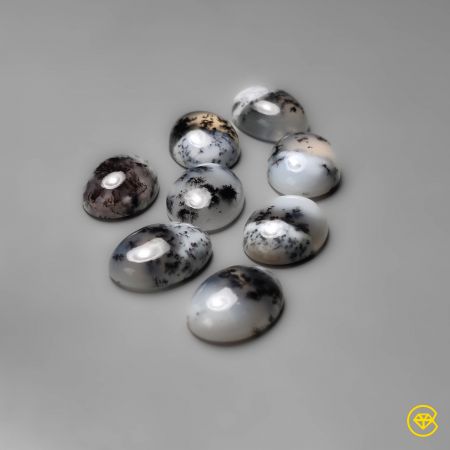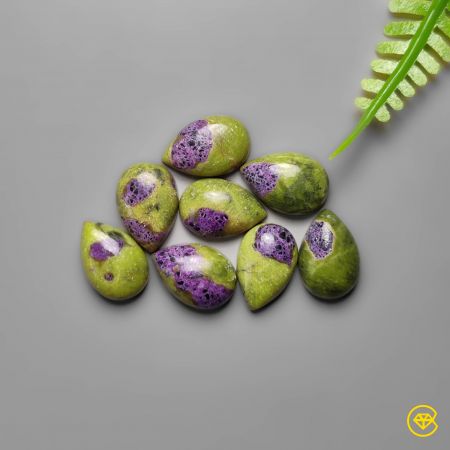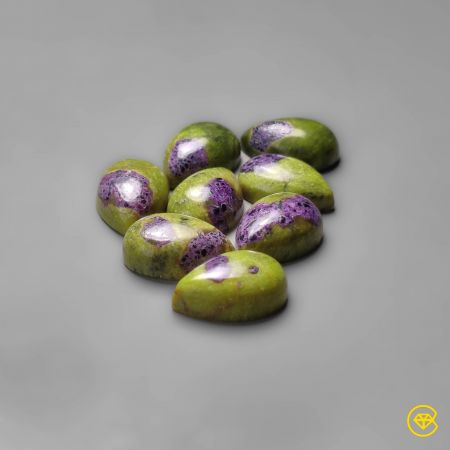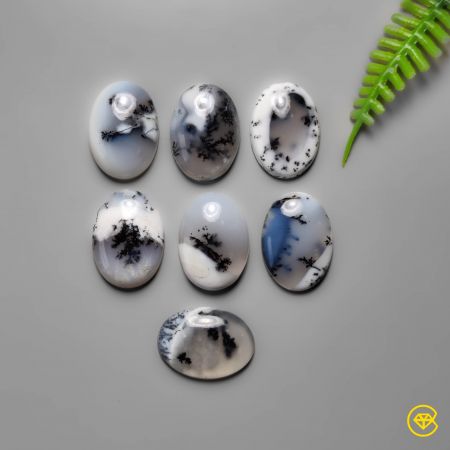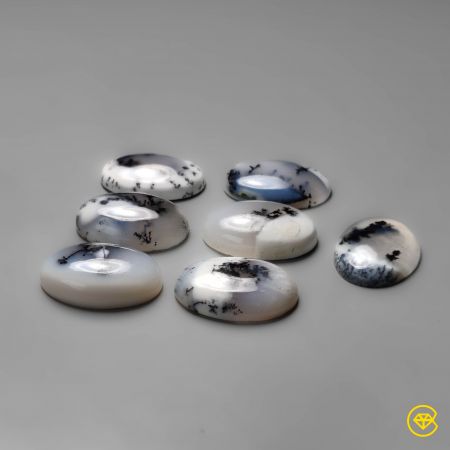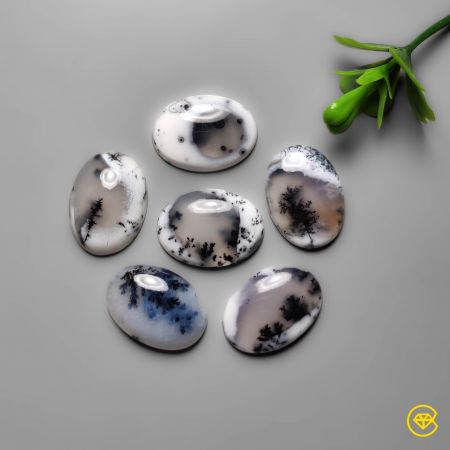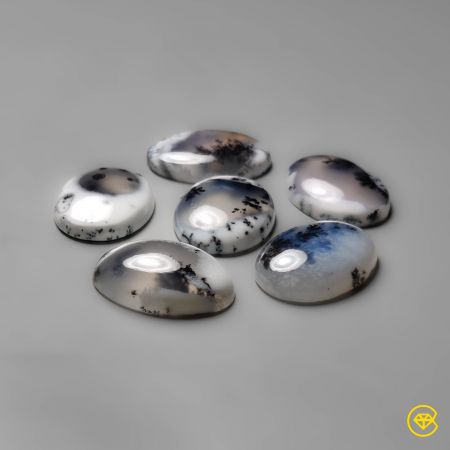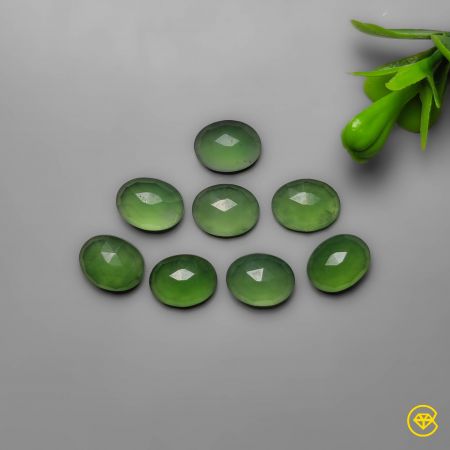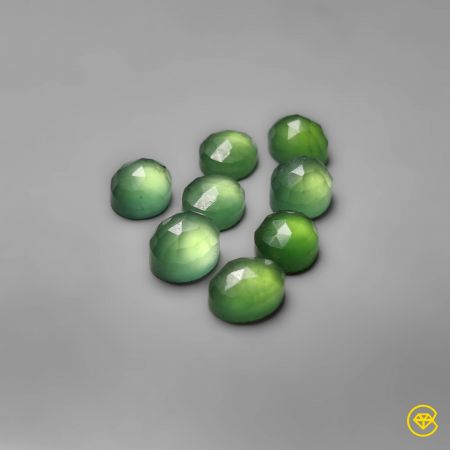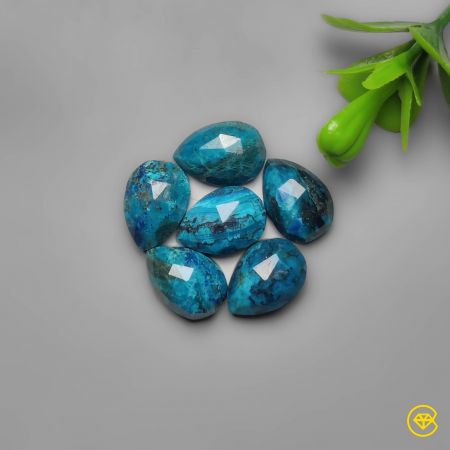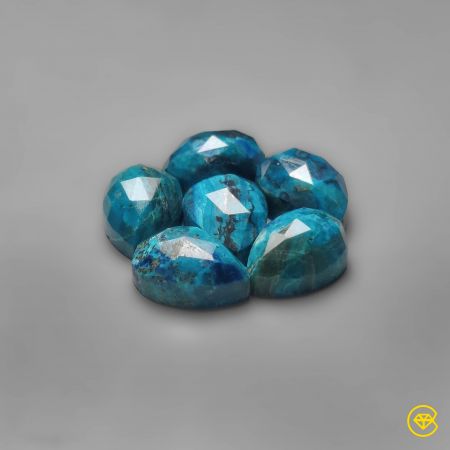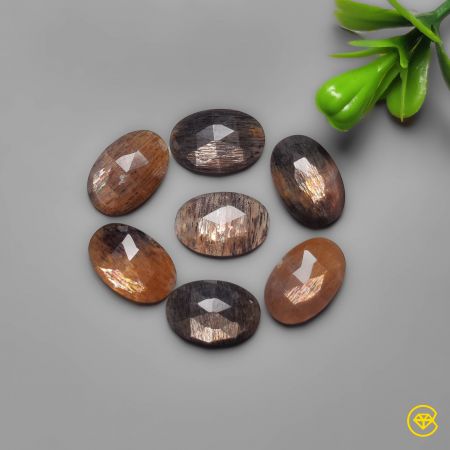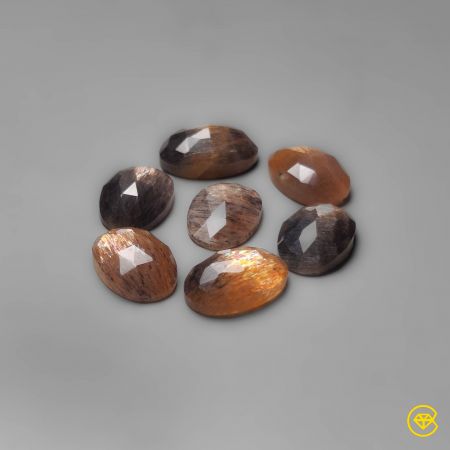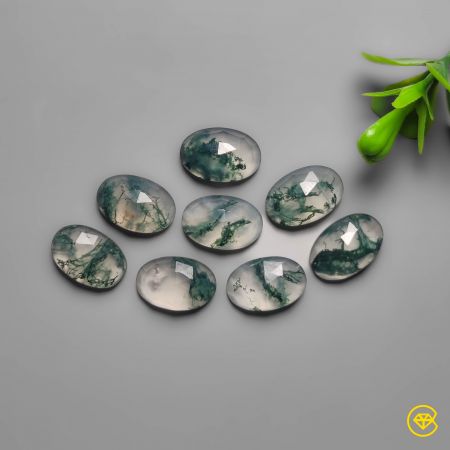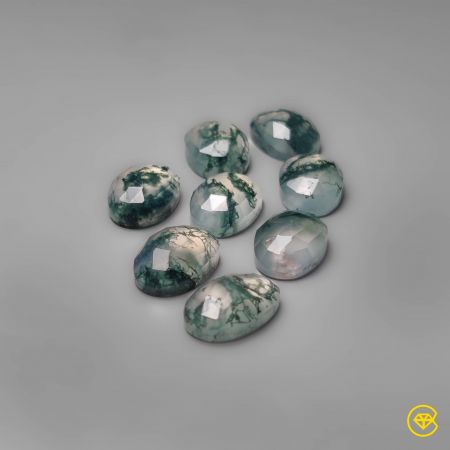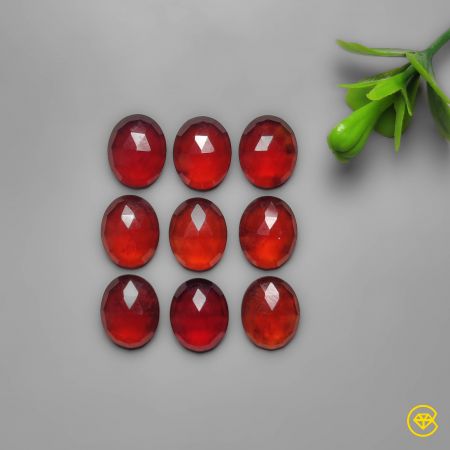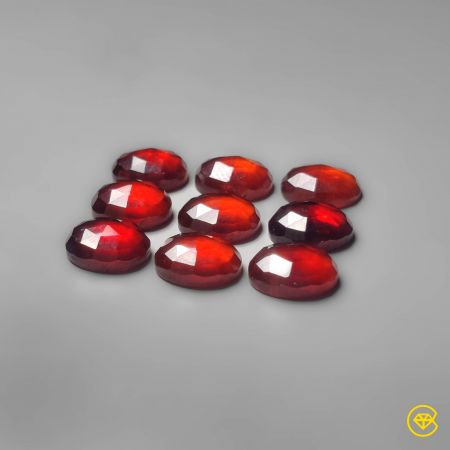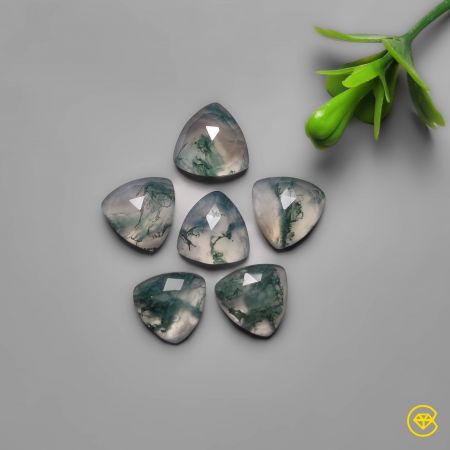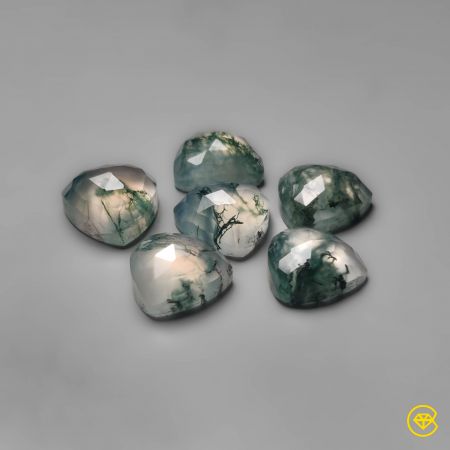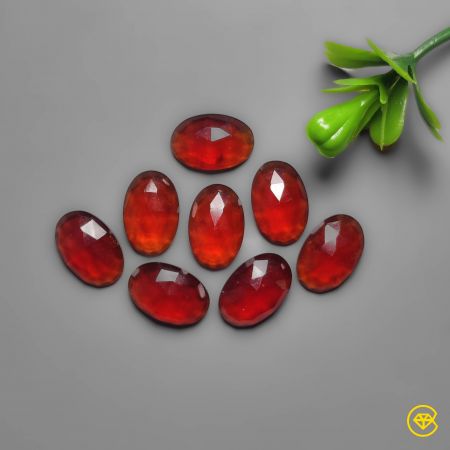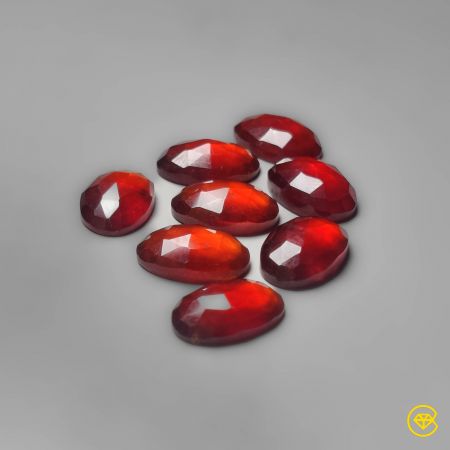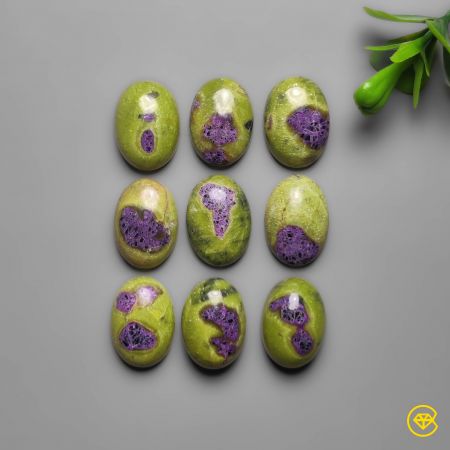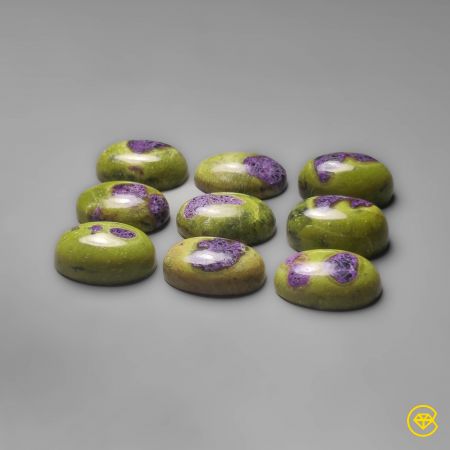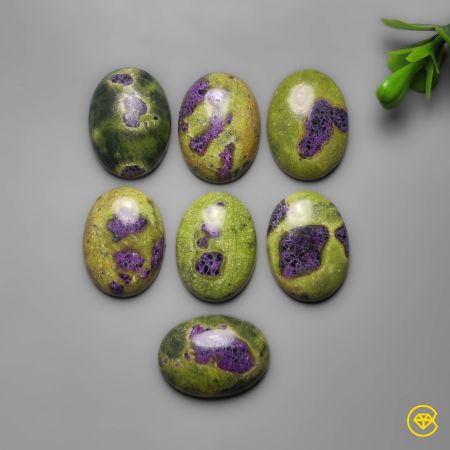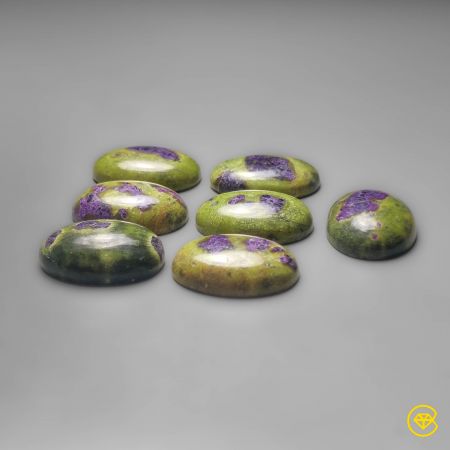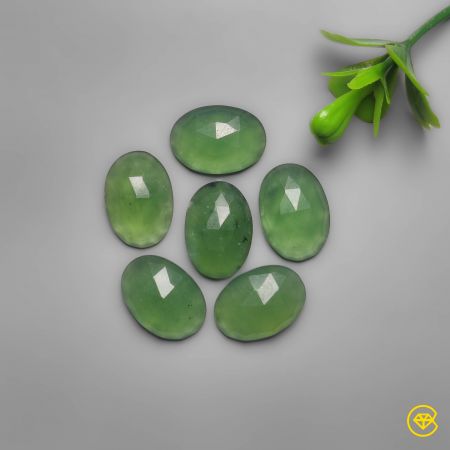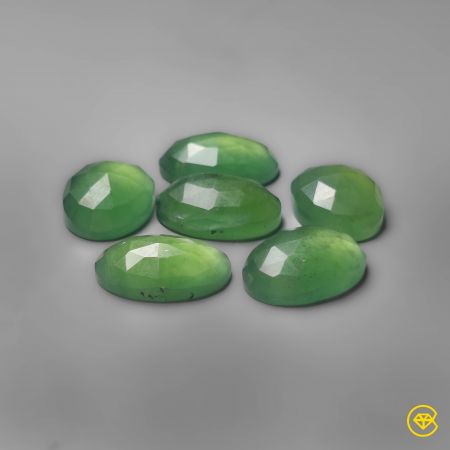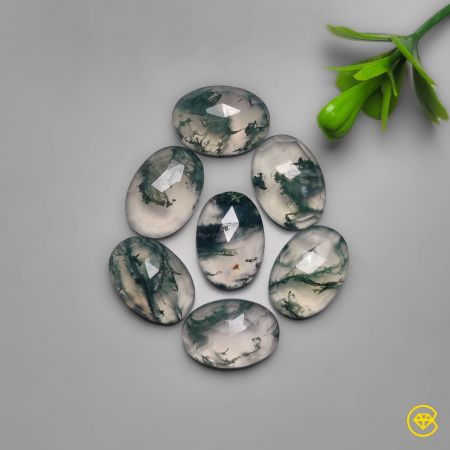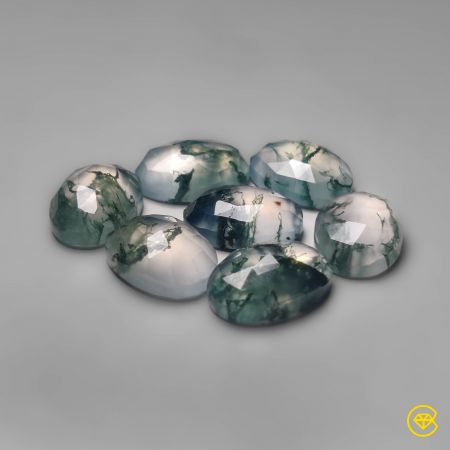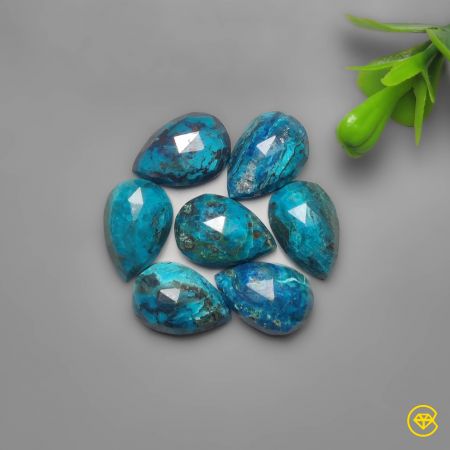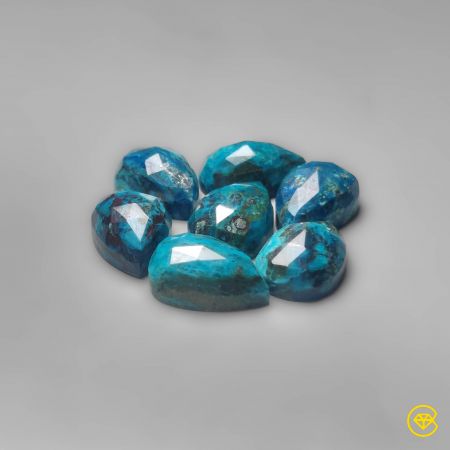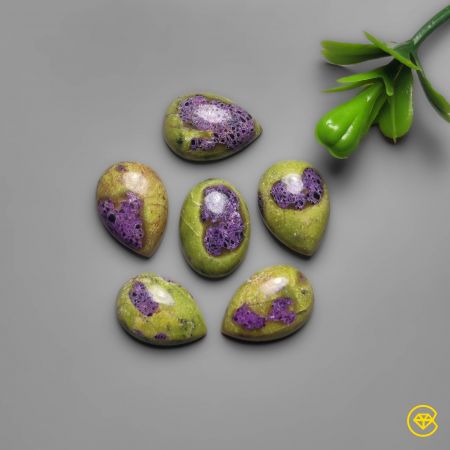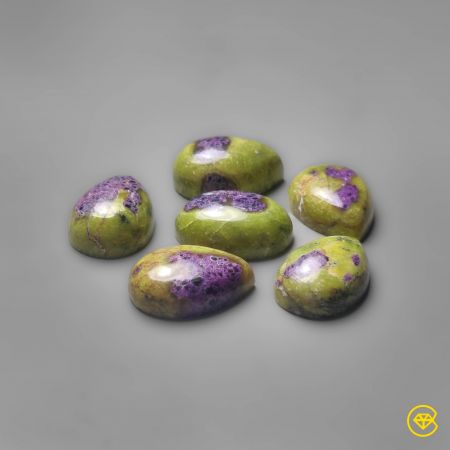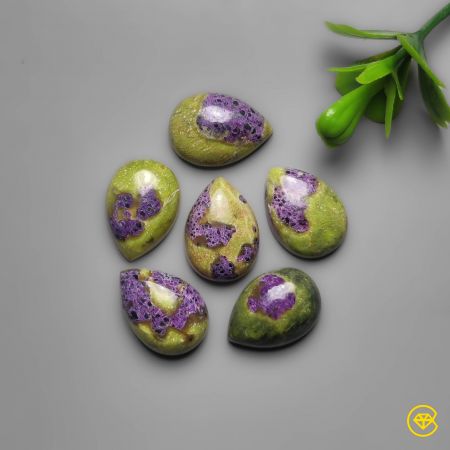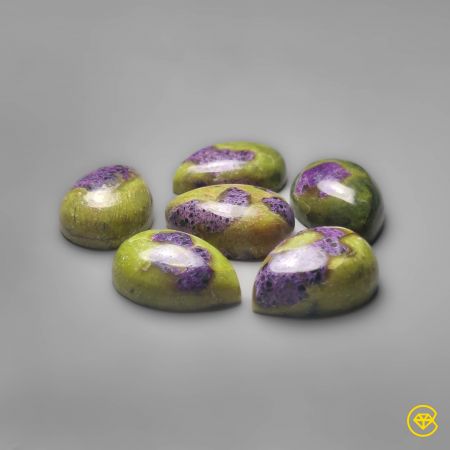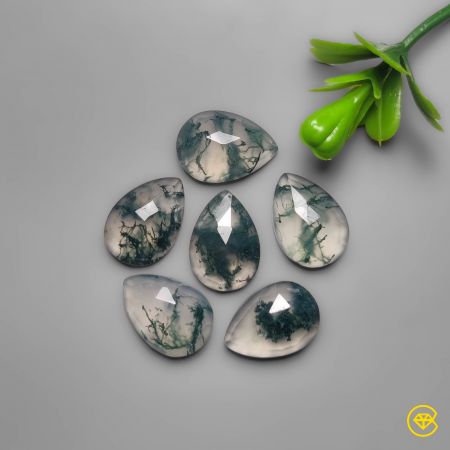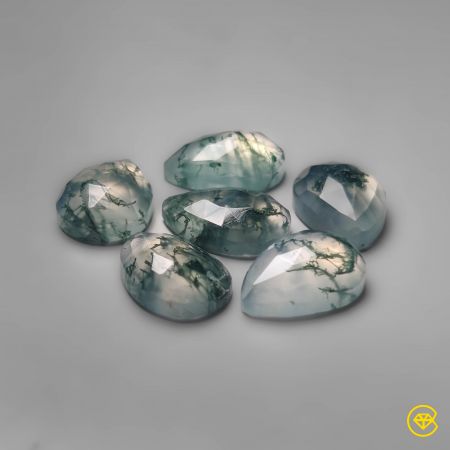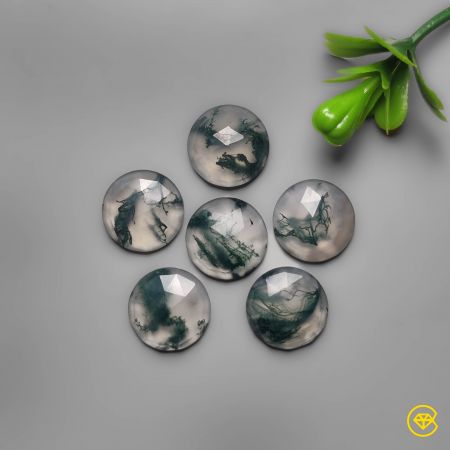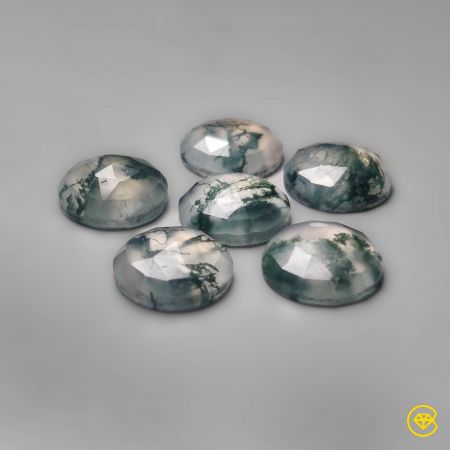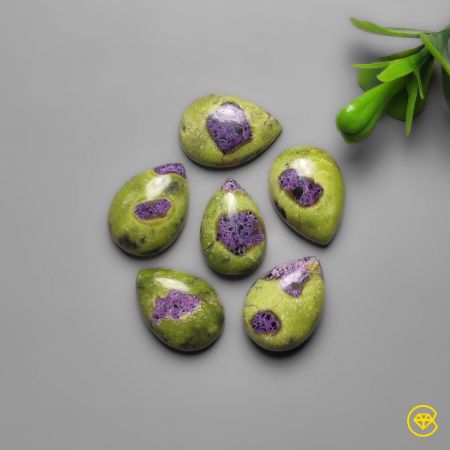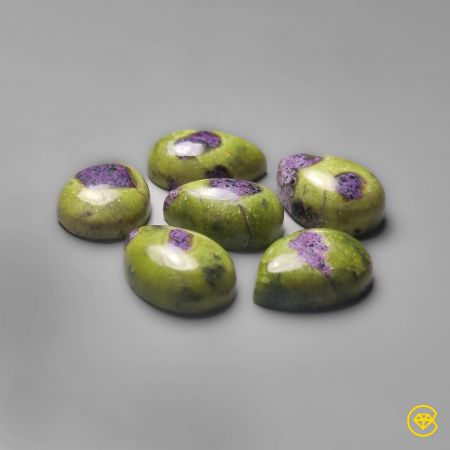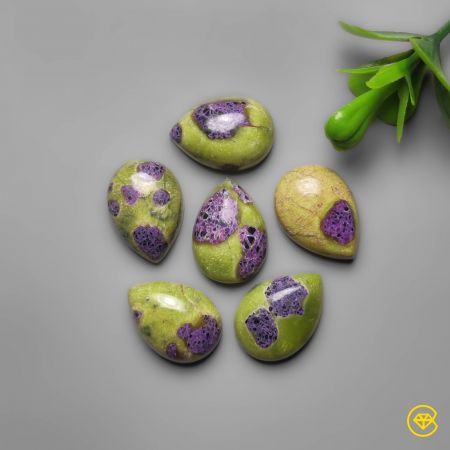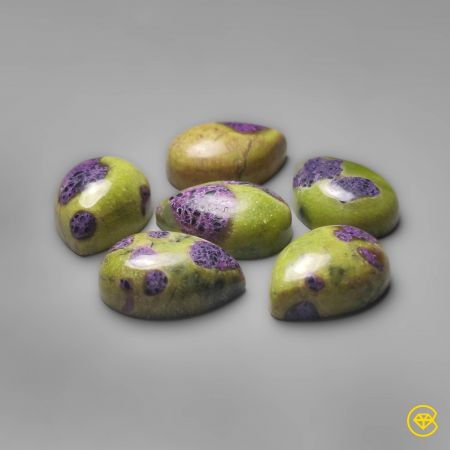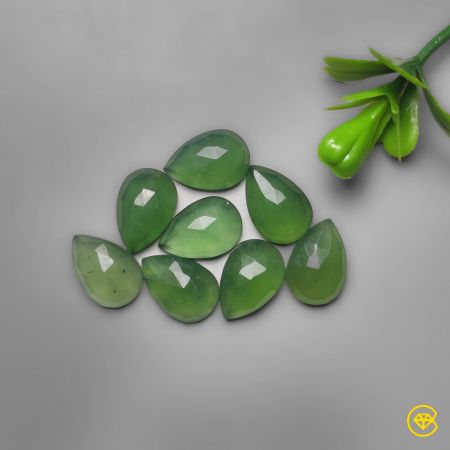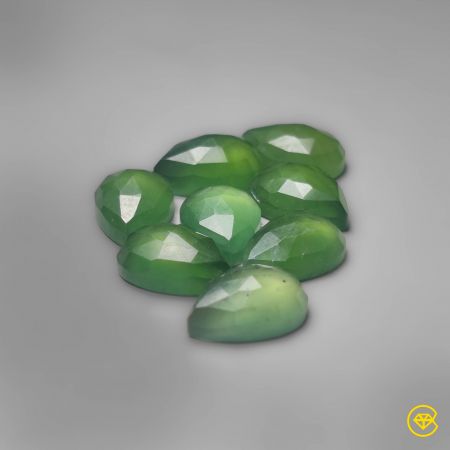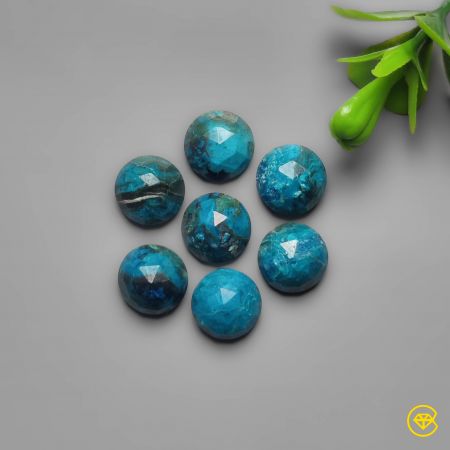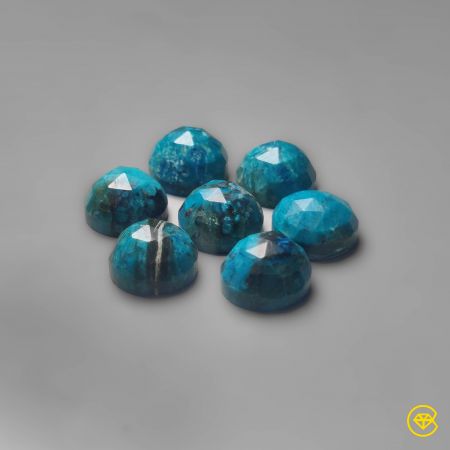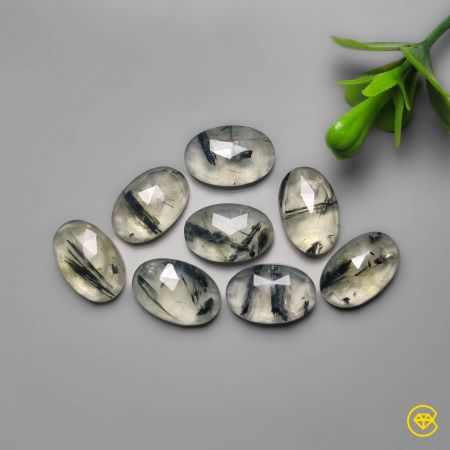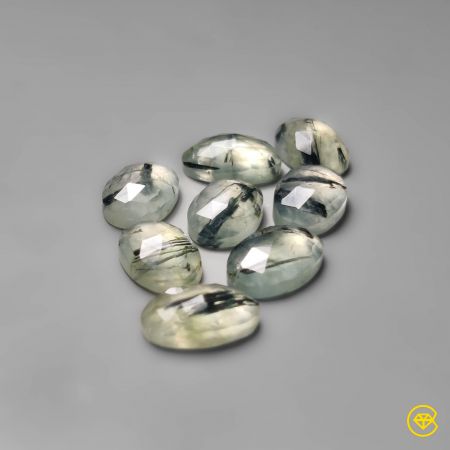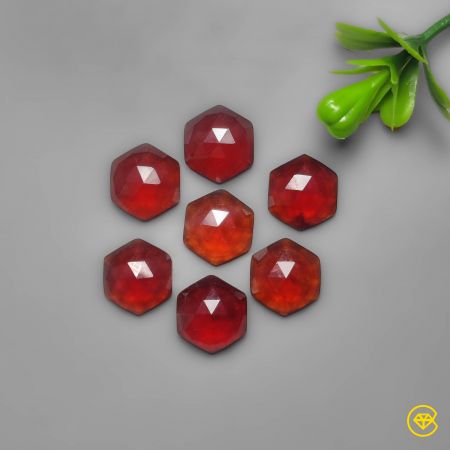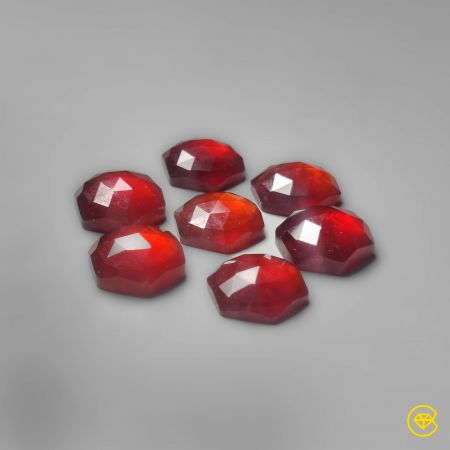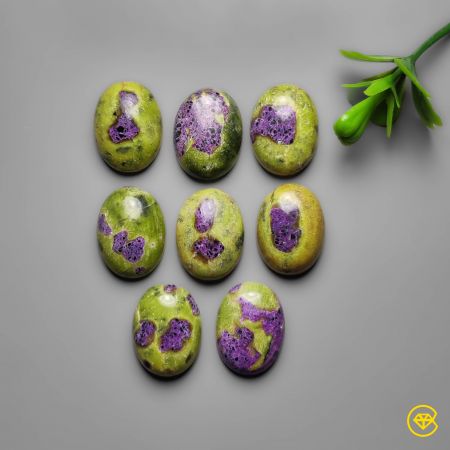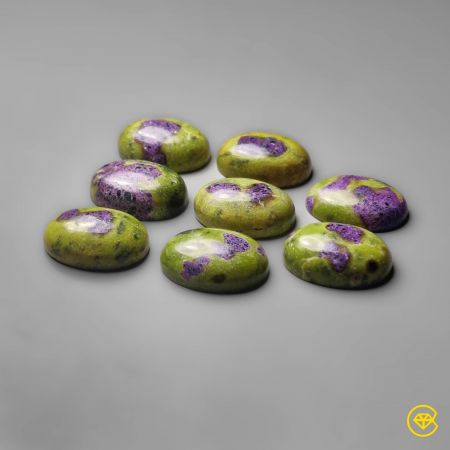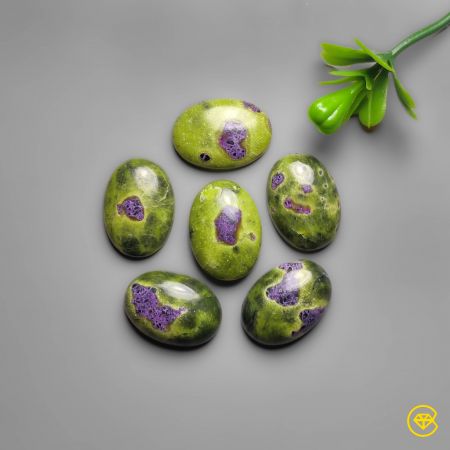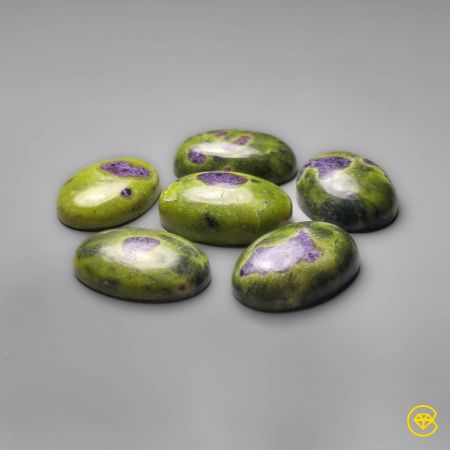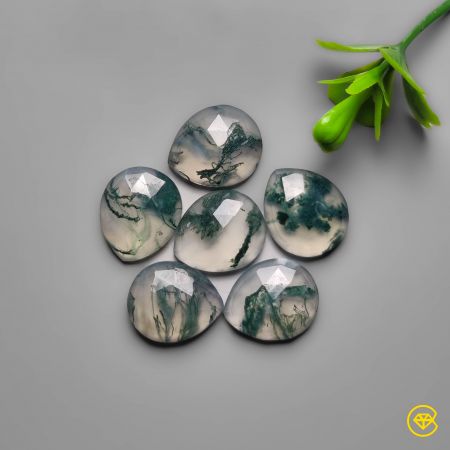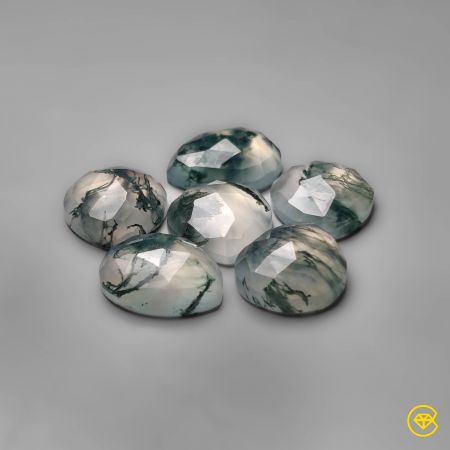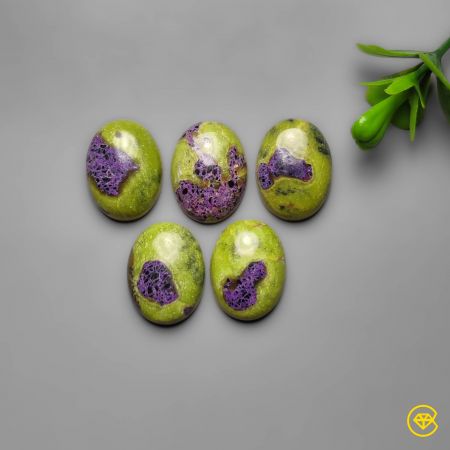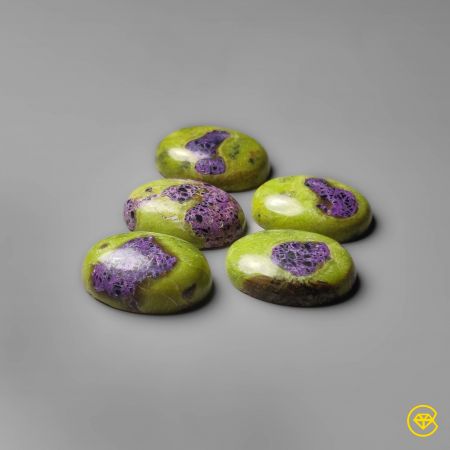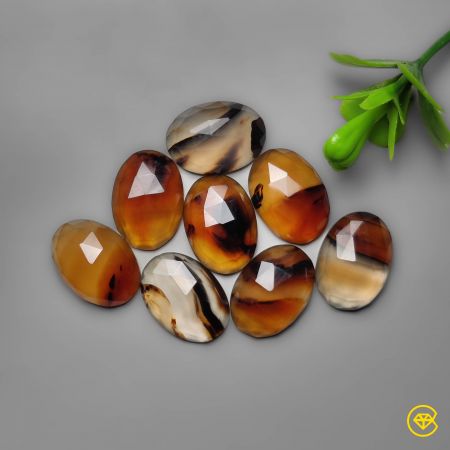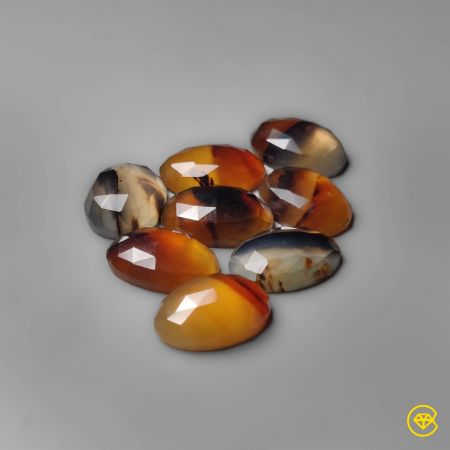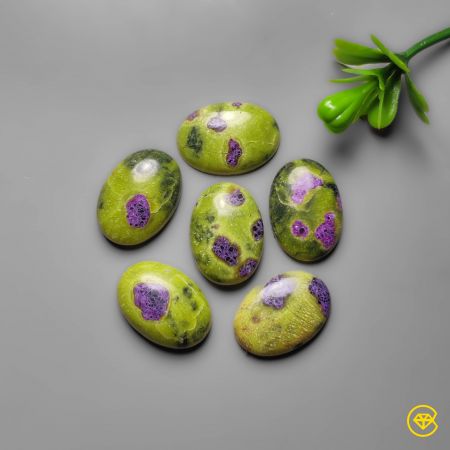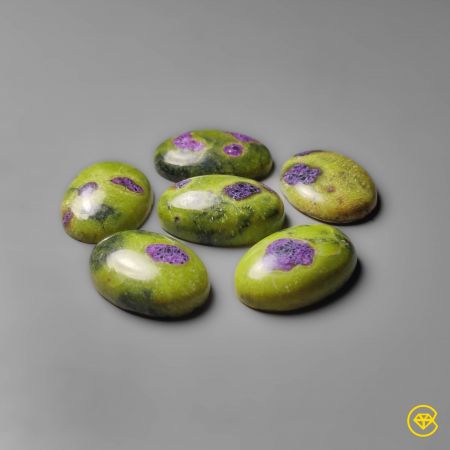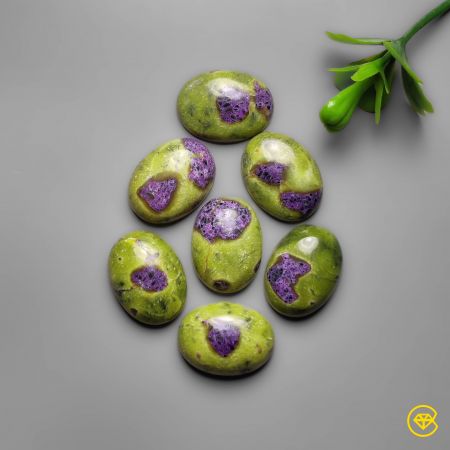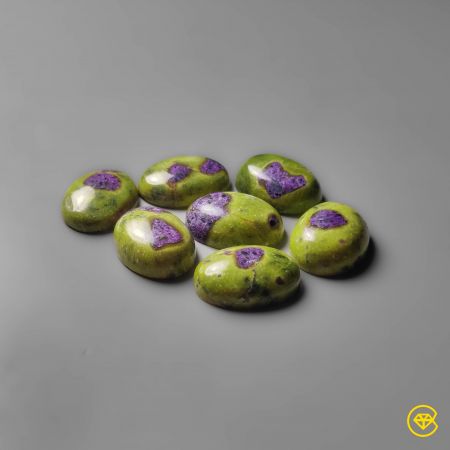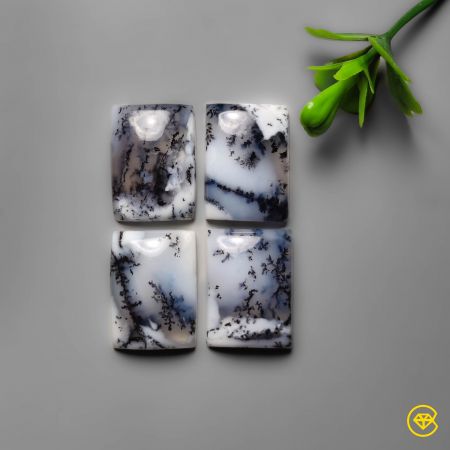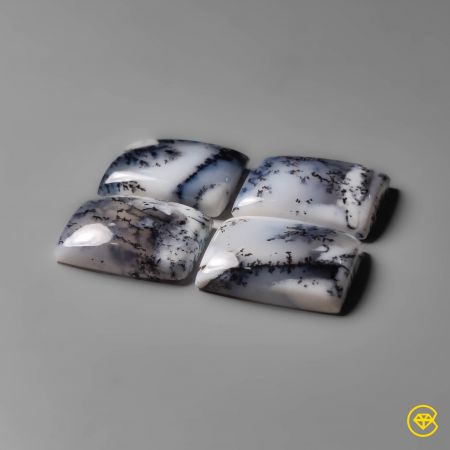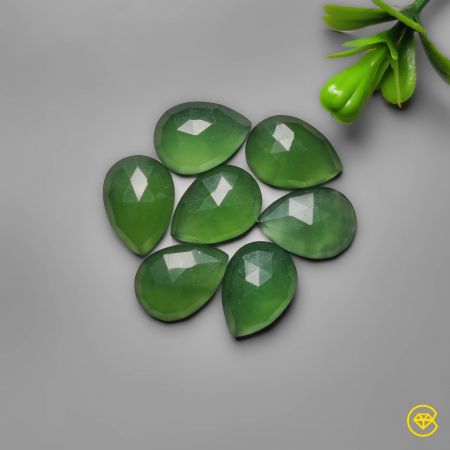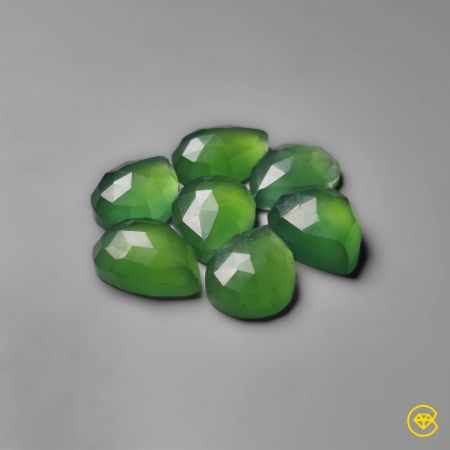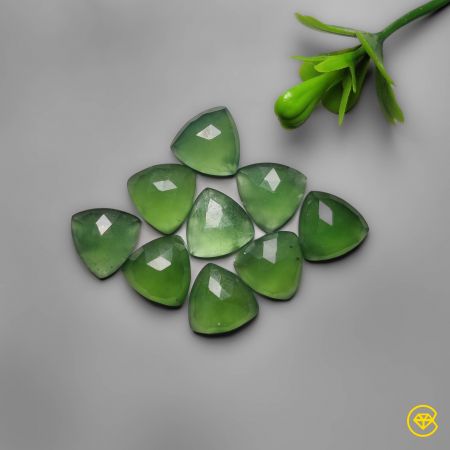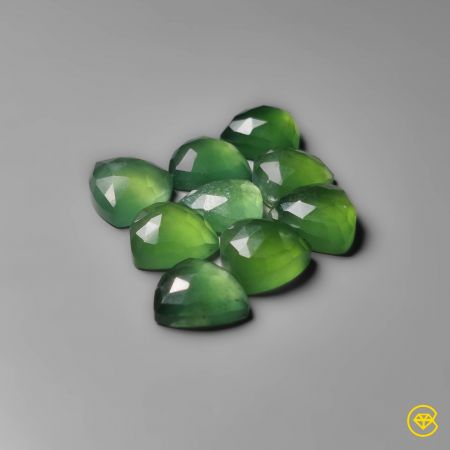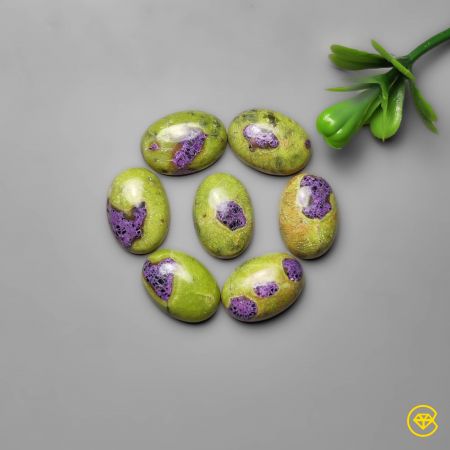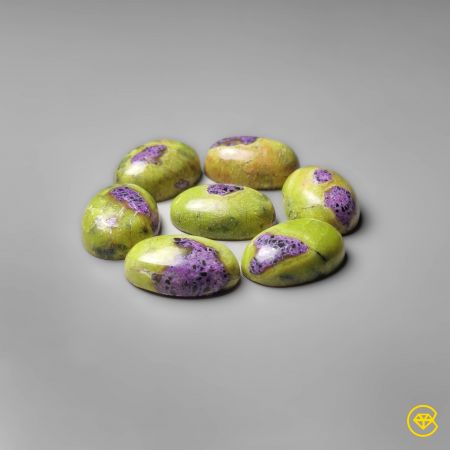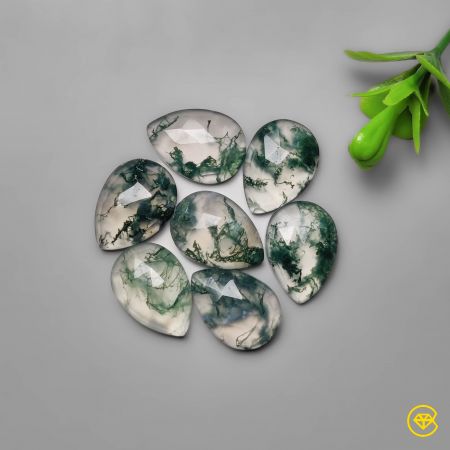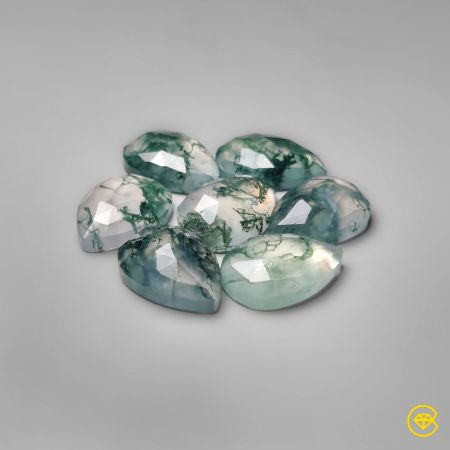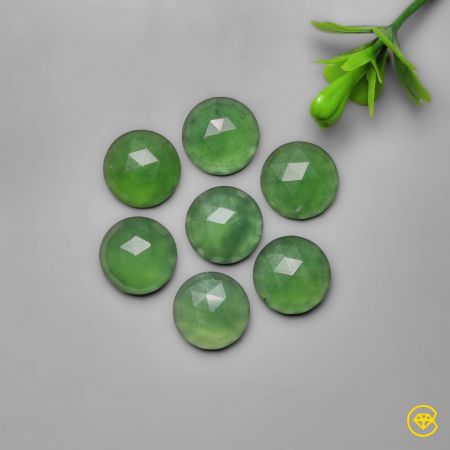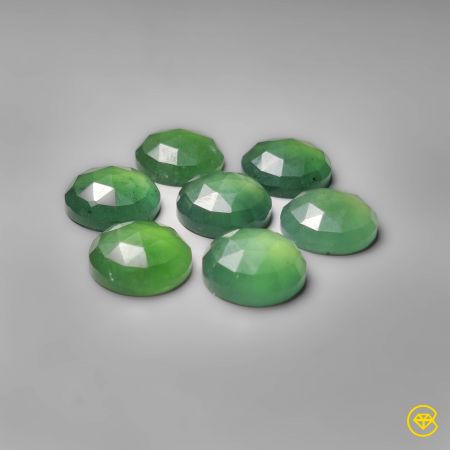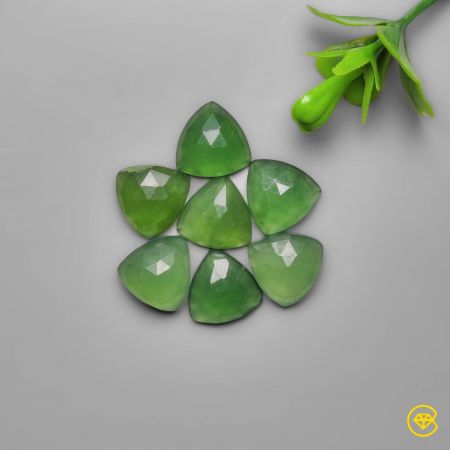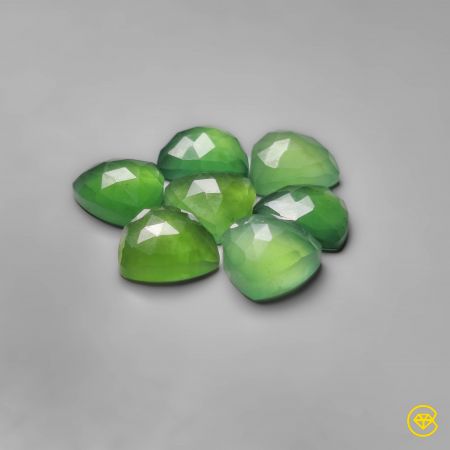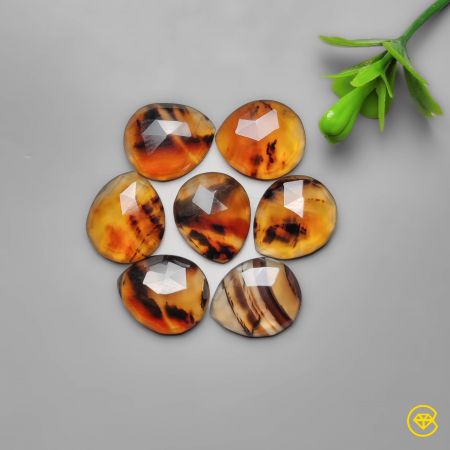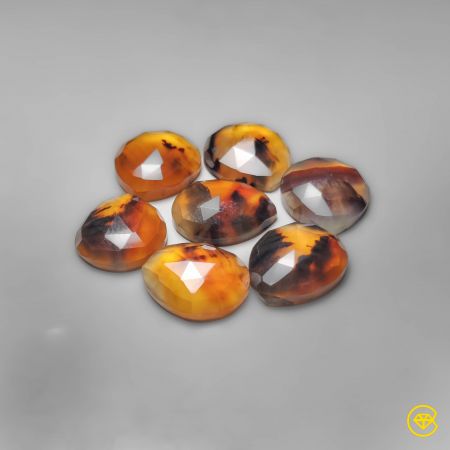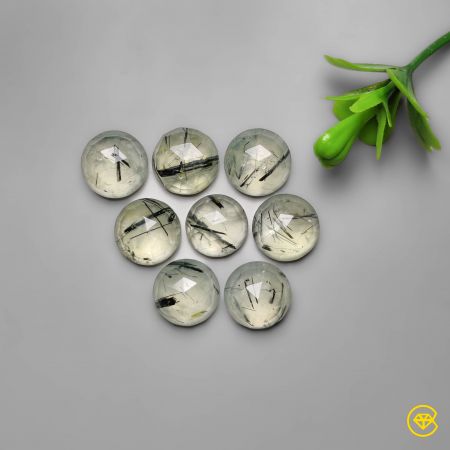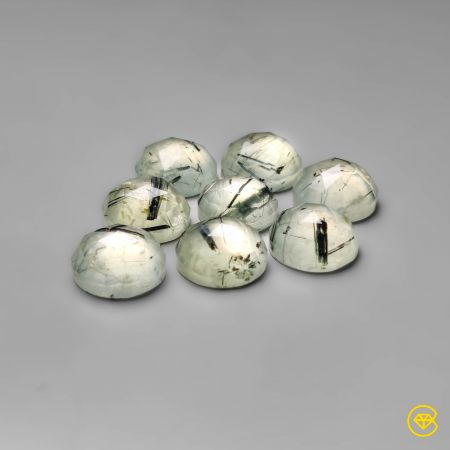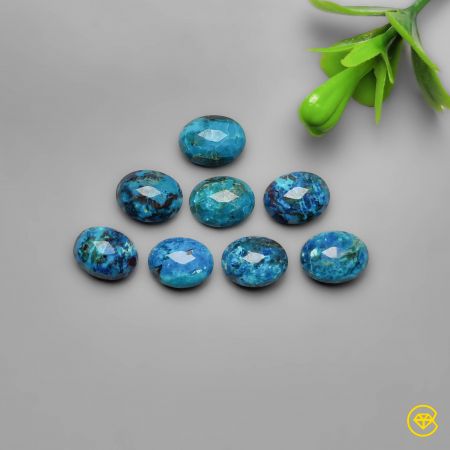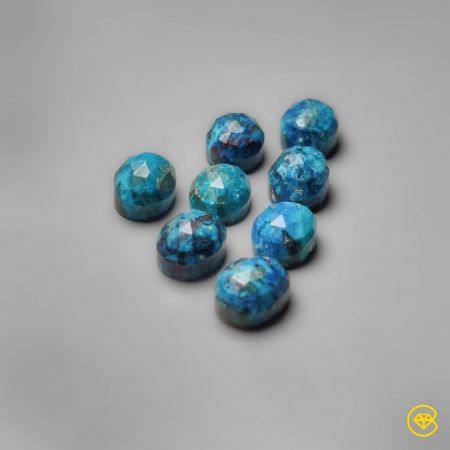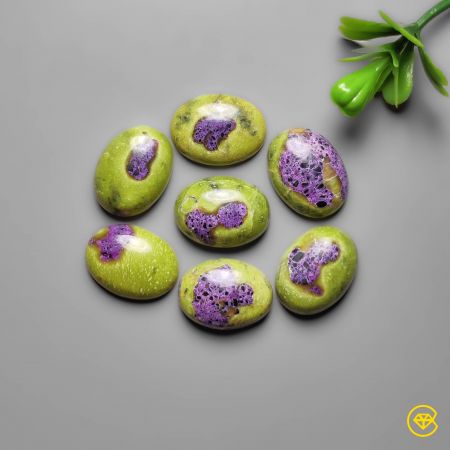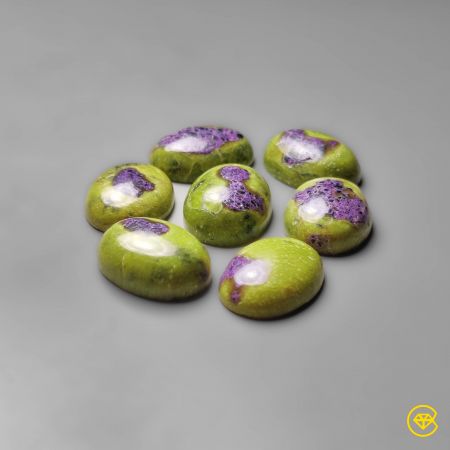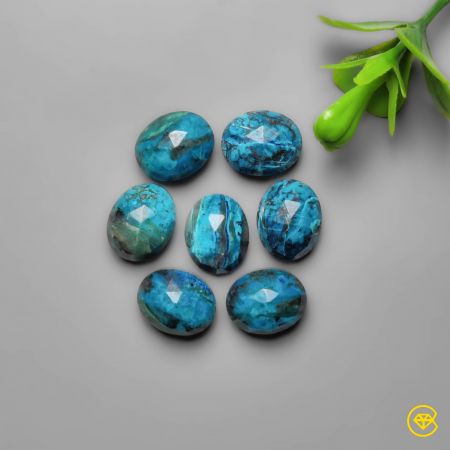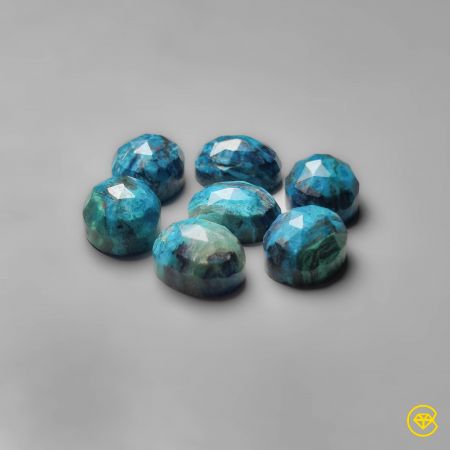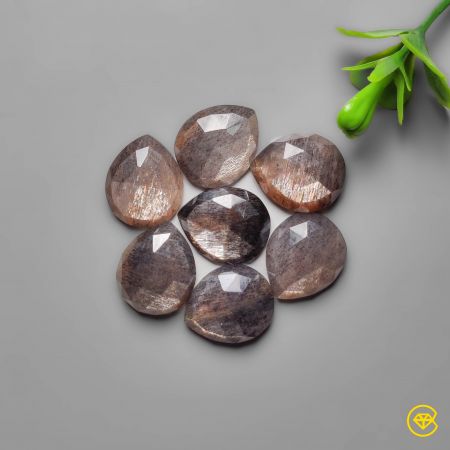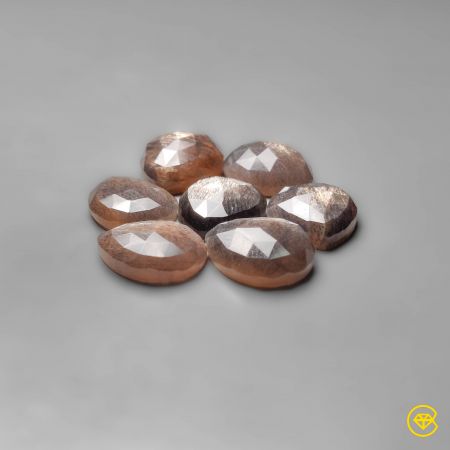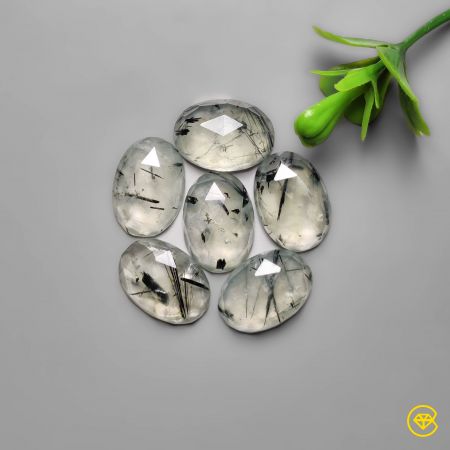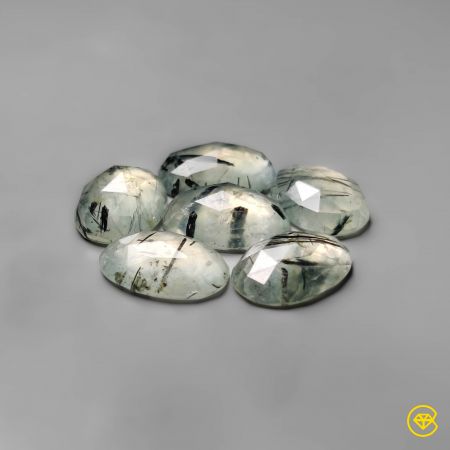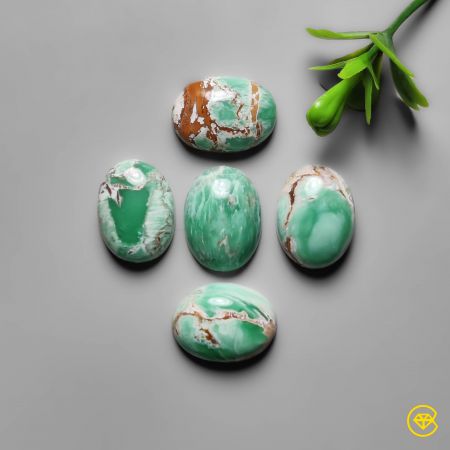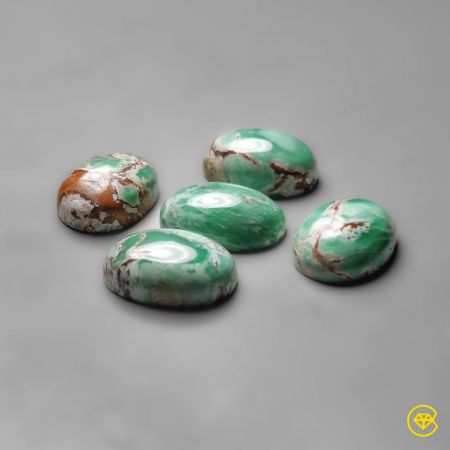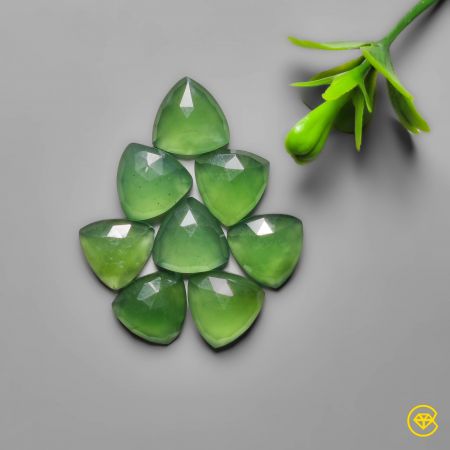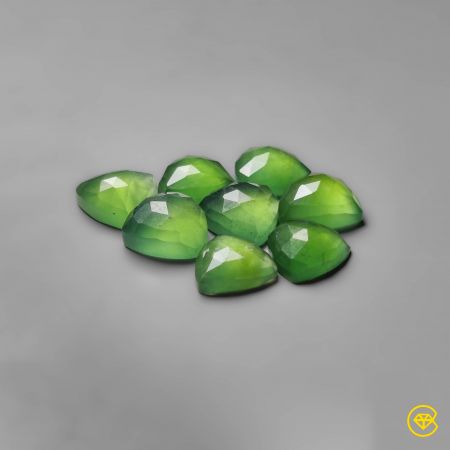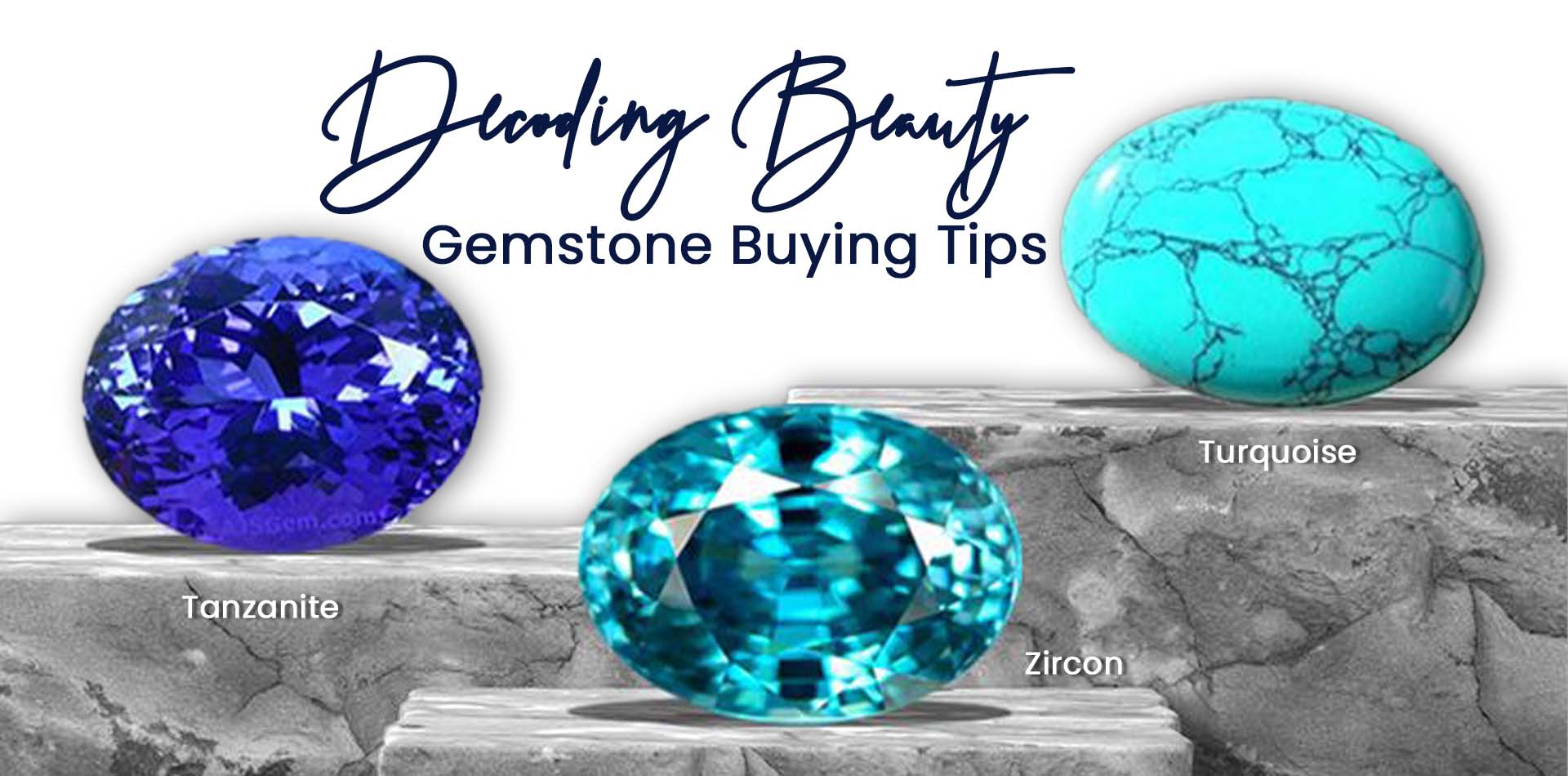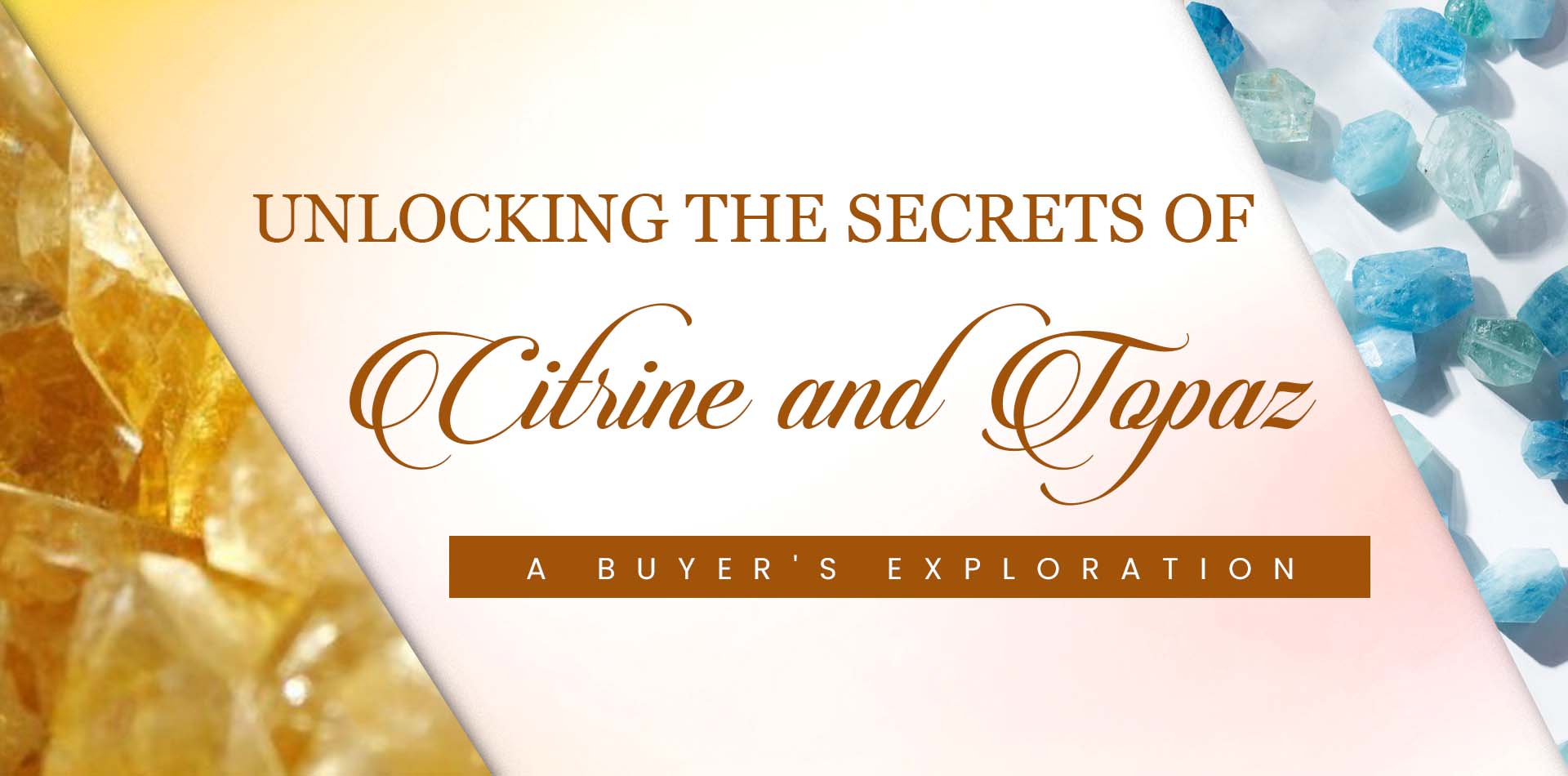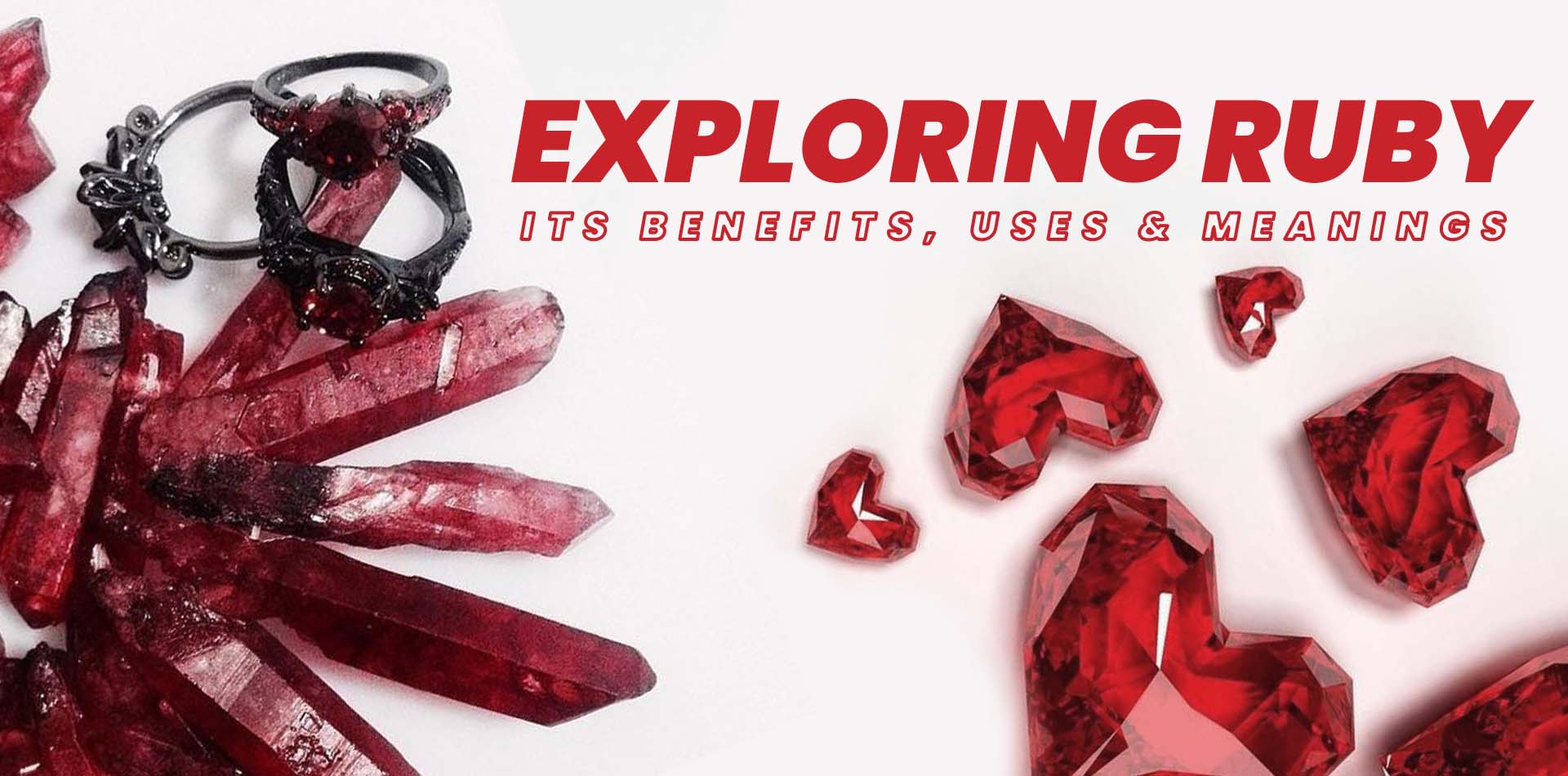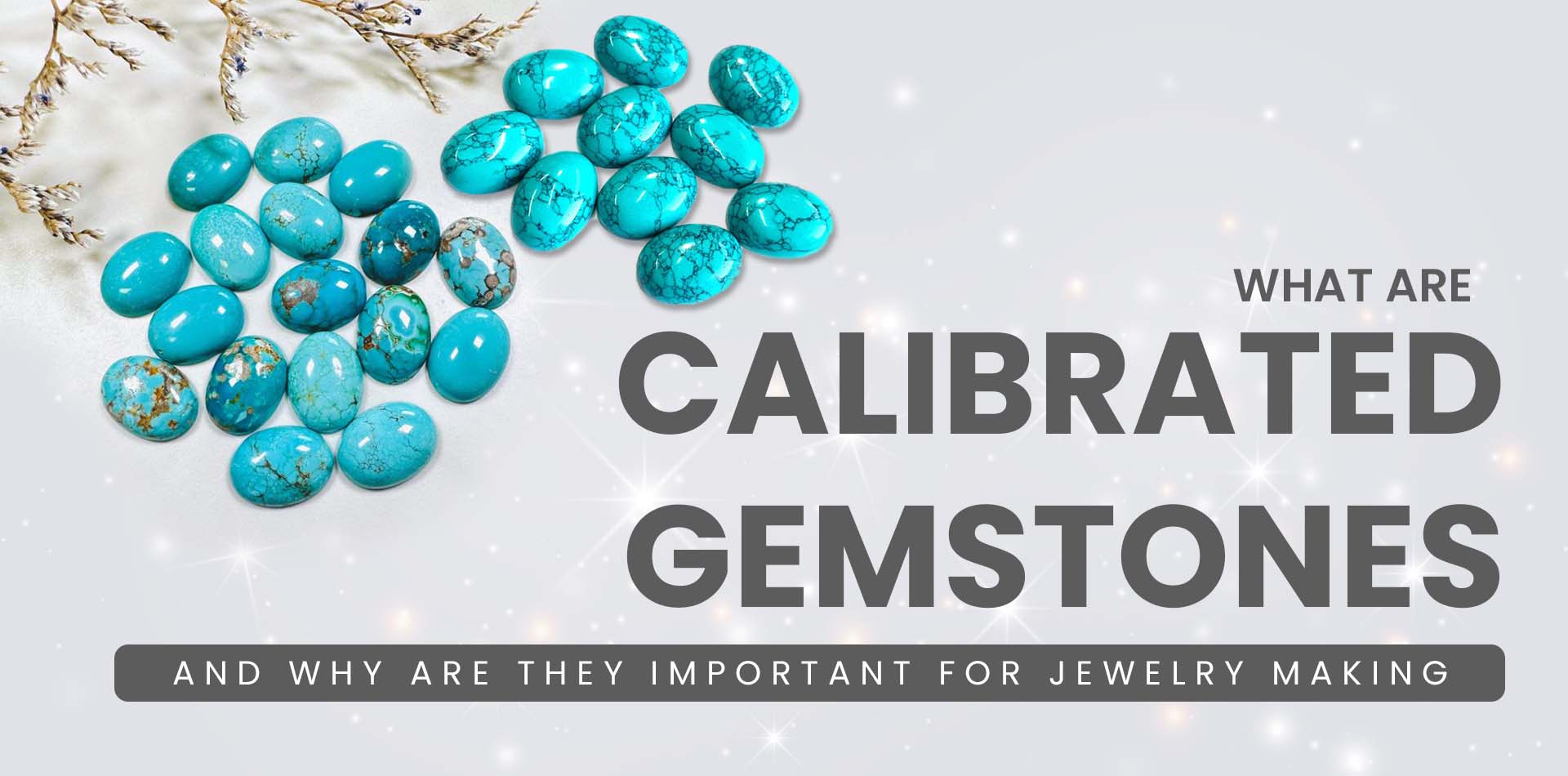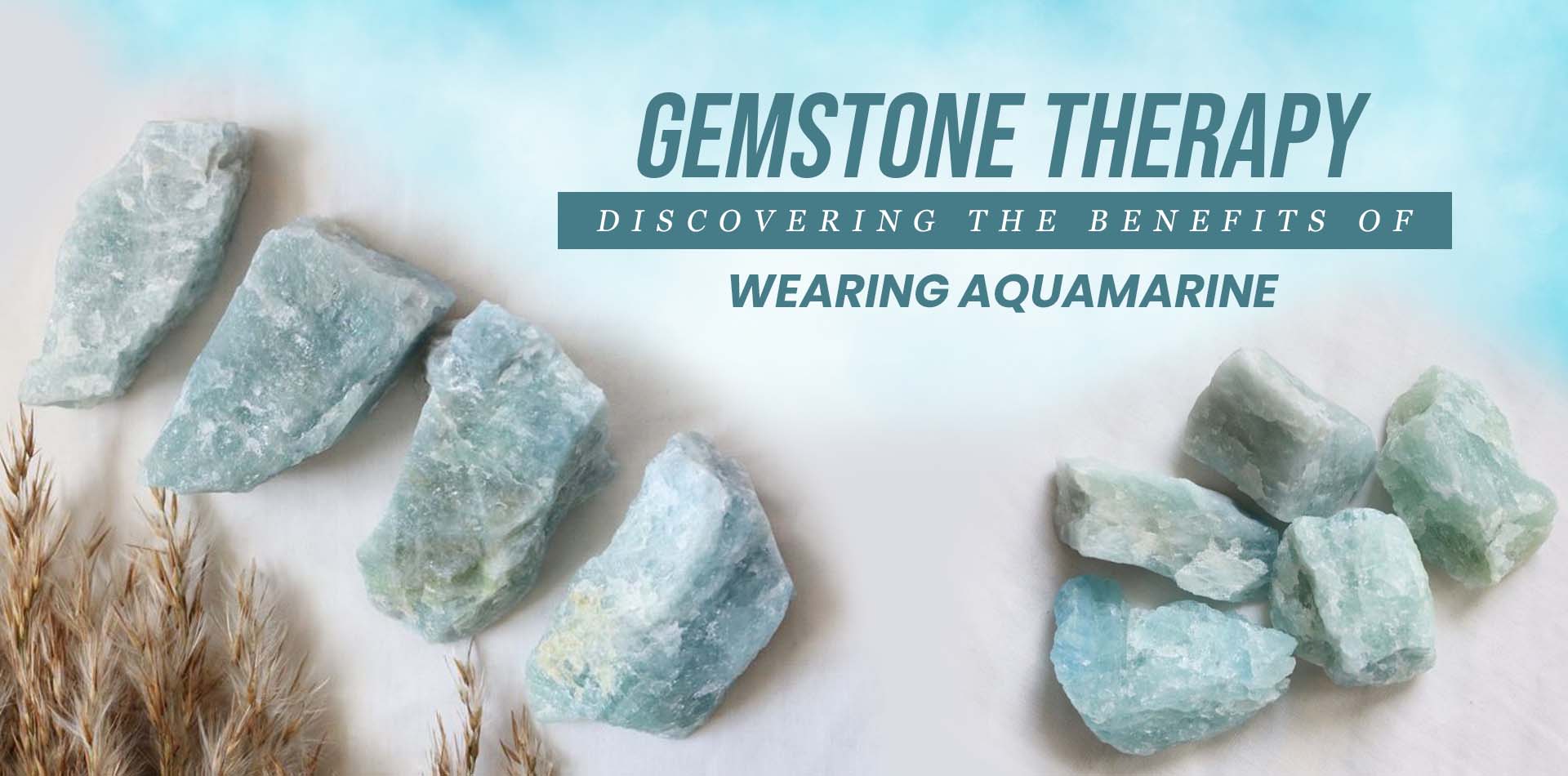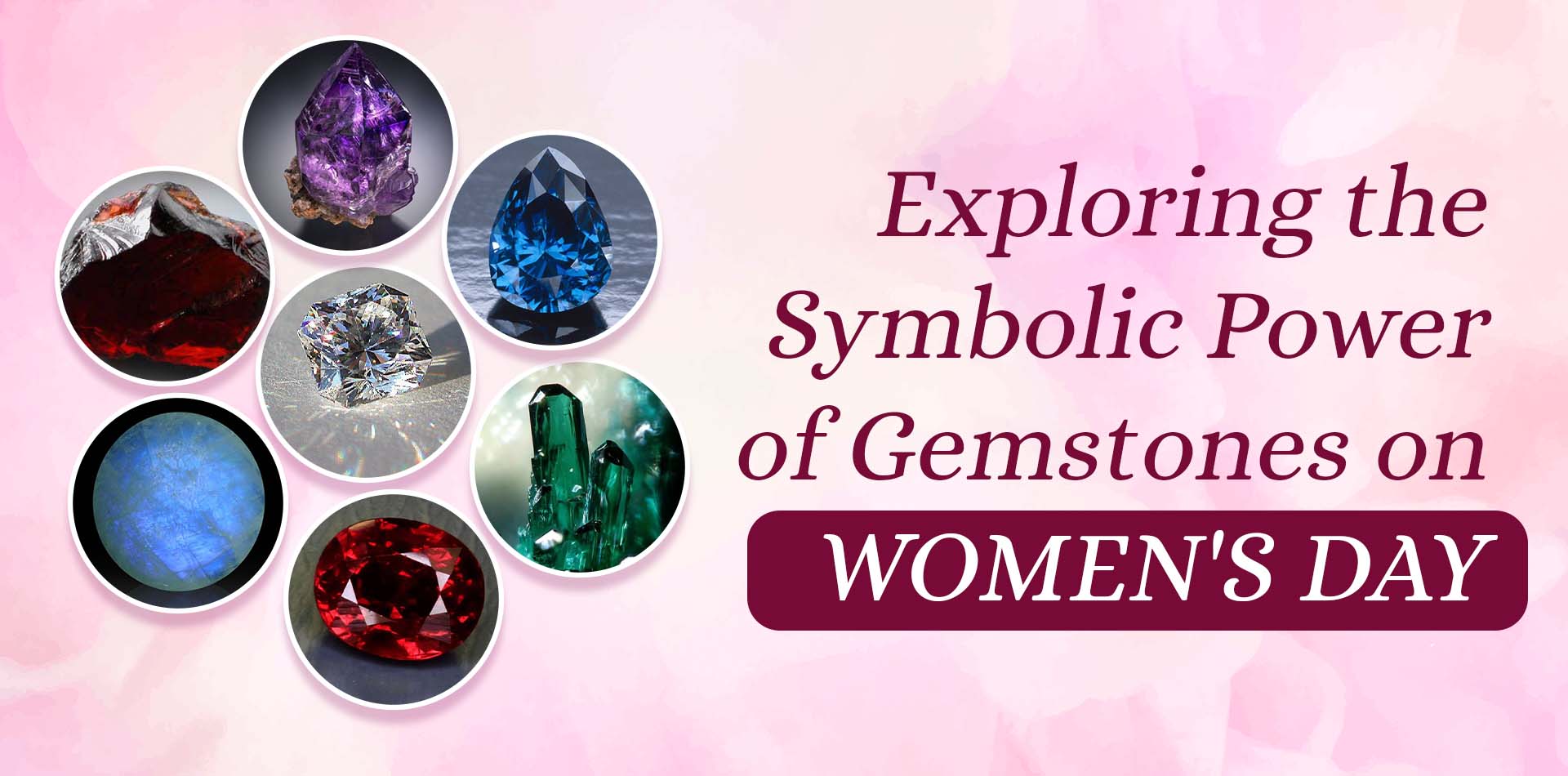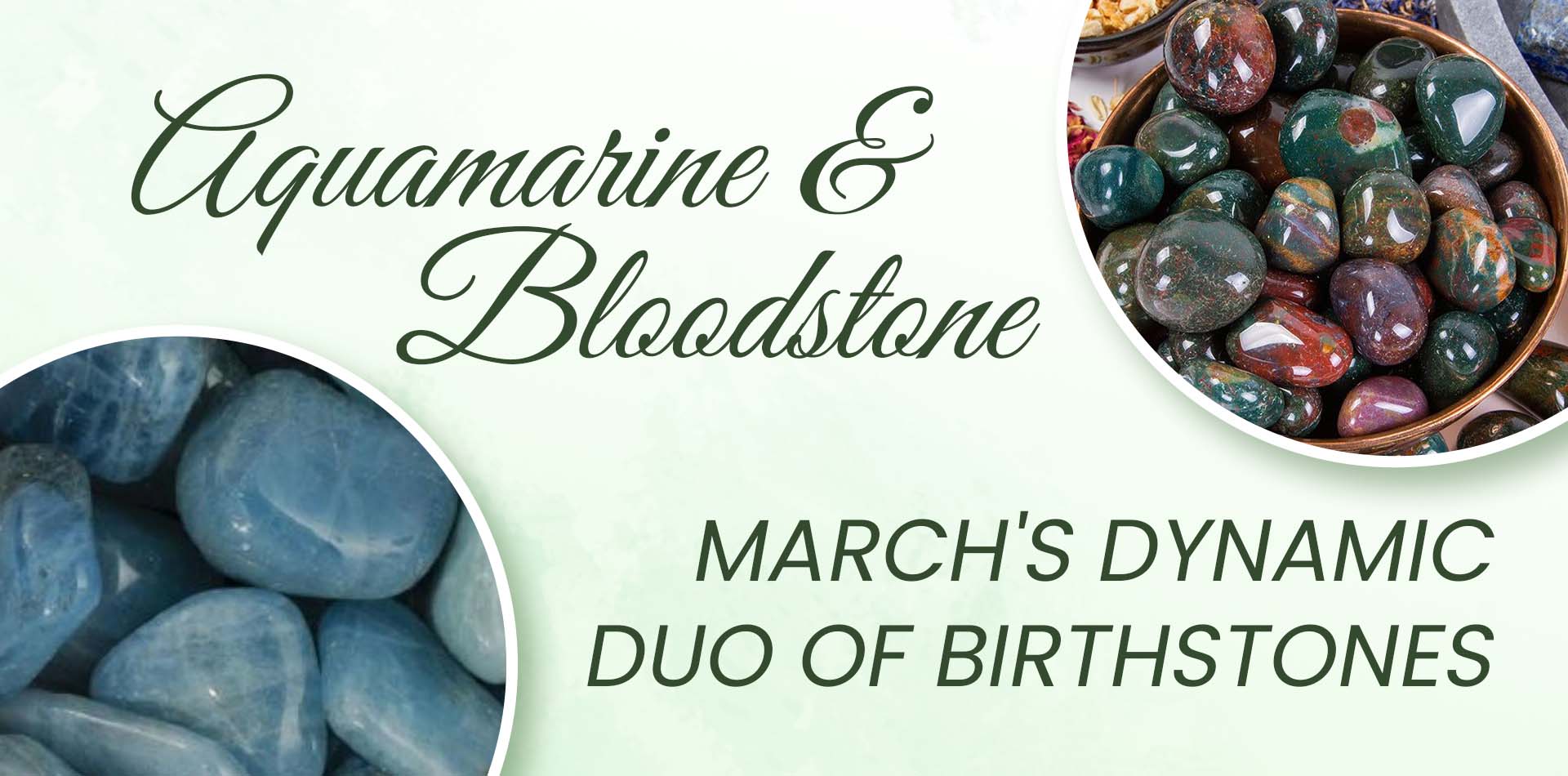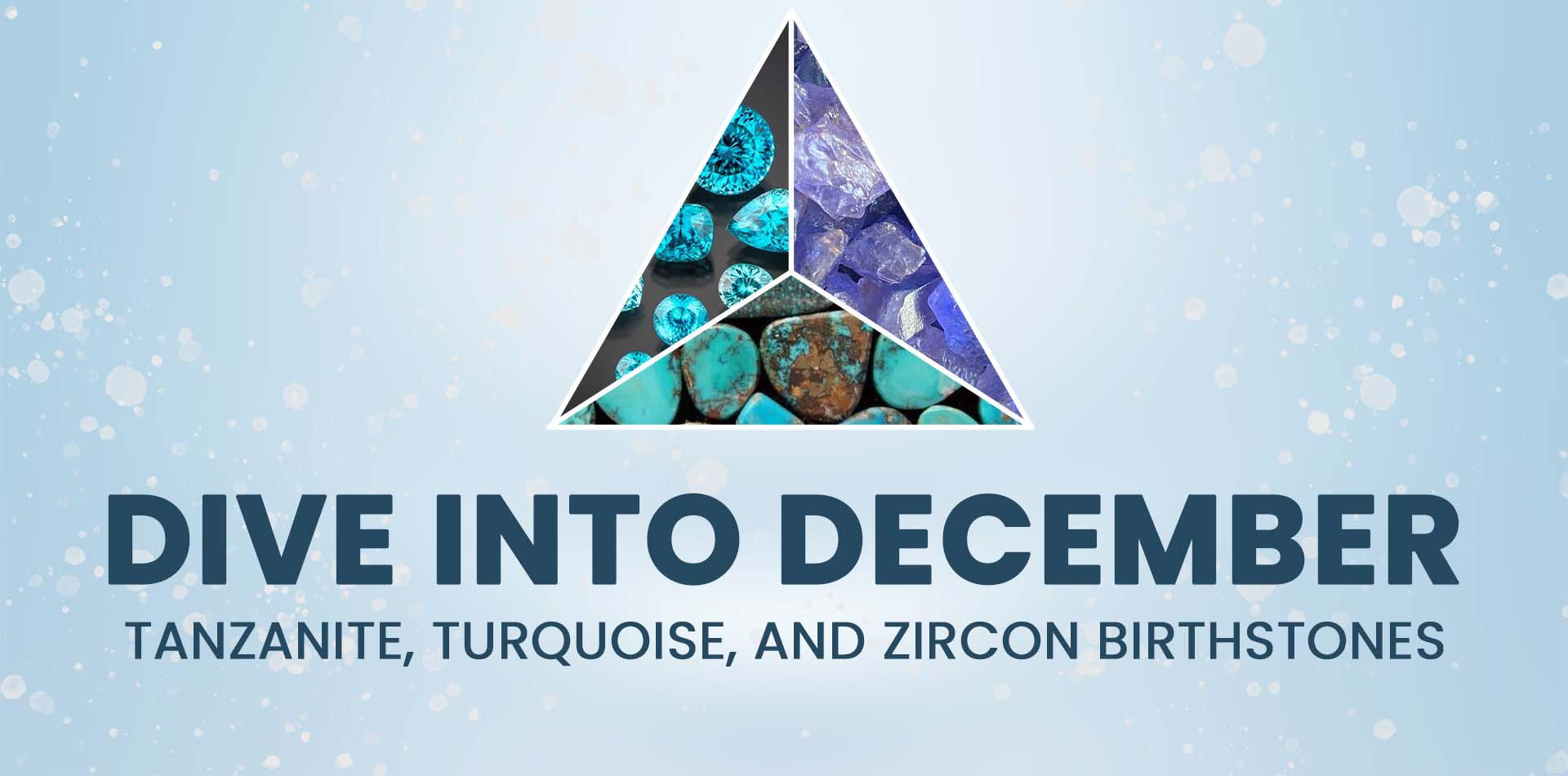 02Dec
02Dec December is a month full of festivities, happiness, and a special combination of birthstones that perfectly capture the allure of the season. The December birthstones are tanzanite, turquoise, and zircon. They provide a rainbow of hues and captivating tales, which makes them ideal friends for anyone born in this joyous month.
Tanzanite Gemstone
Tanzanite is a gemstone prized for its stunning blue-violet tones. It was found in Tanzania's Merelani Hills in the late 1960s. One of the most popular December gemstones, Tanzanite, which comes in a variety of hues from light lilac to deep blue, is evidence of the amazing work of the earth's geological processes. The stone is thought to strengthen intuition and is frequently connected to spiritual consciousness. Tanzanite is a very rare and beautiful stone that represents sophistication and elegance. It is highly valued.
Wearing tanzanite connects you to the natural beauty and rich history of the African continent, making it more than just a fashion statement. As per Tanzanite symbolism, the stone is believed to provide clarity and balance to people born in this month. It also acts as a source of inspiration and good vibes.

Physical Properties of Tanzanite
The Tanzanite brilliance, which is prized for its intense blue-violet tones, has unique physical characteristics that add to its allure and scarcity. These are some of tanzanite's main physical characteristics:
- Colors: Tanzanite is a stone with an amazing color spectrum; it usually ranges from blue to violet or purple. The most expensive tanzanites frequently have a rich, intense blue-violet color.
- Crystal Organization: Tanzanite is a member of the system of orthorhombic crystals. When viewed from different angles, it exhibits remarkable pleochroism, forming prismatic crystals with varying colors.
- Hardness: Tanzanite has a Mohs mineral hardness score of between 6.5 to 7. Because of this, it is quite hard but nevertheless prone to scratches, underscoring the significance of handling and placing jewelry with caution.
- Dispersion: The capacity of tanzanite to divide white light into its spectral colors is known as its moderate dispersion. When viewed in the right lighting, this feature adds to the gem's fire and produces colorful flashes.
- Gravity: The specific gravity of tanzanite ranges from 3.35 to 3.55. When identifying gemstones, specific gravity—a measurement of a gemstone's density in relation to water's density—is helpful.
- Luster: When cut and polished, tanzanite has a vitreous to oily sheen that gives it a polished and reflecting appearance.
- Inclusions: Commonly found in tanzanite are distinctive needle-like inclusions called "silk," which, when magnified, can give the stone a velvety texture. Trichroism, which causes some tanzanites to display distinct hues when seen along different crystal axes, is another characteristic that some tanzanites exhibit.
Turquoise Gemstone
One of the earliest known gemstones, turquoise has long been prized for its eye-catching blue-green hues. Turquoise, which is mined all over the world, including the US, Iran, and China, was once used in ancient civilizations' jewelry and is still a popular option today.
This gemstone for December is frequently linked to luck and protection. The wearer is said to get calmness from it, which helps them maintain their composure during the hectic holiday season. Turquoise is a prized gemstone for all fashions and preferences since it is adaptable and can be found in a variety of jewelry, from traditional rings and bracelets to more modern designs.

Physical Properties of Turquoise
A precious stone known for its unusual blue-green tones, turquoise has a number of physical characteristics that add to its allure. The following are turquoise's main physical characteristics:
- Colors: Due to the presence of iron and copper, turquoise is noted for its distinctive blue to greenish-blue color. Turquoise can have a wide range of shades and intensities, and some stones may include veining or matrix patterns.
- Crystal Structure: Frequently, turquoise is cryptocrystalline, which means that its crystals are too tiny to view with a regular microscope. It is a part of the system of triclinic crystals.
- Hardness: Turquoise usually scores a 5 or 6 on the Mohs mineral hardness scale. This puts it in the group of gemstones that are somewhat delicate, thus handling it carefully is necessary to prevent scratches.
- Transparency: Since turquoise is often opaque, light cannot travel through it. Nonetheless, some superior turquoise could have a translucent appearance.
- Luster: Turquoise usually has a waxy to sub vitreous luster, which gives it a slightly dull sheen. This quality brings forth the stone's inherent beauty.
Zircon Gemstone
The oldest mineral on Earth, zircon, gives the December birthstone lineup a hint of glistening elegance. While Zircon birthstone is sometimes thought of as being colorless, it actually comes in a wide range of hues, from intense reds to rich blues. This gemstone is a favorite among people who value the play of light in their jewelry since it has a brilliance that rivals that of diamonds.
Zircon, a sign of wealth and wisdom, is thought to enliven the spirit and provide mental clarity. Its cost makes it an accessible alternative for those looking for a little glitz without sacrificing quality, and its versatility in jewelry design encourages artistic expression.
Physical Properties of Zircon
Zircon is a gemstone with a wide range of colors and brilliance. It also has a few unique physical characteristics. The following are main Zircon properties:
- Colors: Numerous hues can be found in zircon, such as colorless, yellow, brown, orange, red, and green. Certain zircons can have their color enhanced or changed by heat treatment.
- Crystal Structure: The tetragonal crystal system includes zircon. Its high refractive index and frequent prismatic crystal formation add to its brightness.
- Hardness: Zircon is a relatively hard mineral, with a Mohs hardness score of 6.5 to 7.5. Because of this, it is strong and appropriate for many kinds of jewelry.
- Dispersion: Zircon is able to divide white light into its spectrum colors due to its great light dispersion. One of the reasons zircon exhibits significant fire is because of its high dispersion.
- Transparency: Since zircon is typically translucent, light can flow through the gem. Its high dispersion and refractive index, along with its transparency, add to its all-around visual attractiveness.
- Luster: Zircon usually has a high sheen, varying from vitreous to adamantine. This characteristic highlights the well-cut surfaces of the stone and amplifies its brilliance.
- Heat Treatment: In the gem industry, heat treatment is frequently used to improve the color of specific zircon kinds. An appearance that is more homogeneous and appealing may arise from this procedure.
- Inclusions: Zircon may have a variety of inclusions, such as radioactive inclusions that contribute to its metamict condition and needle-like crystals. Additionally, some zircons may exhibit an asterism or chatoyancy phenomenon.
Conclusion
During December, the birthstones Tanzanite, Turquoise, and Zircon invite us to discover their distinct histories and appreciate their bright beauty as we celebrate and spend quality time with our loved ones. These birthstones encapsulate December, whether you choose a piece of jewelry for yourself or as a thoughtful present. They help create enduring memories that are as radiant as the jewels themselves. Take advantage of these alluring birthstones to delve into December and allow the splendor of the season to reveal itself in every glittering detail.

